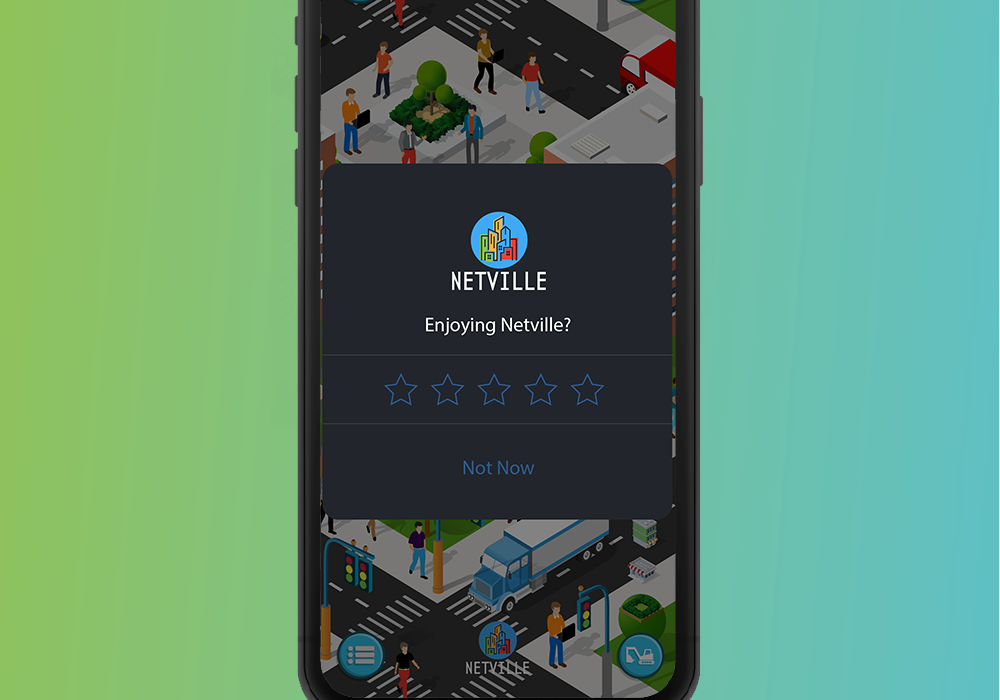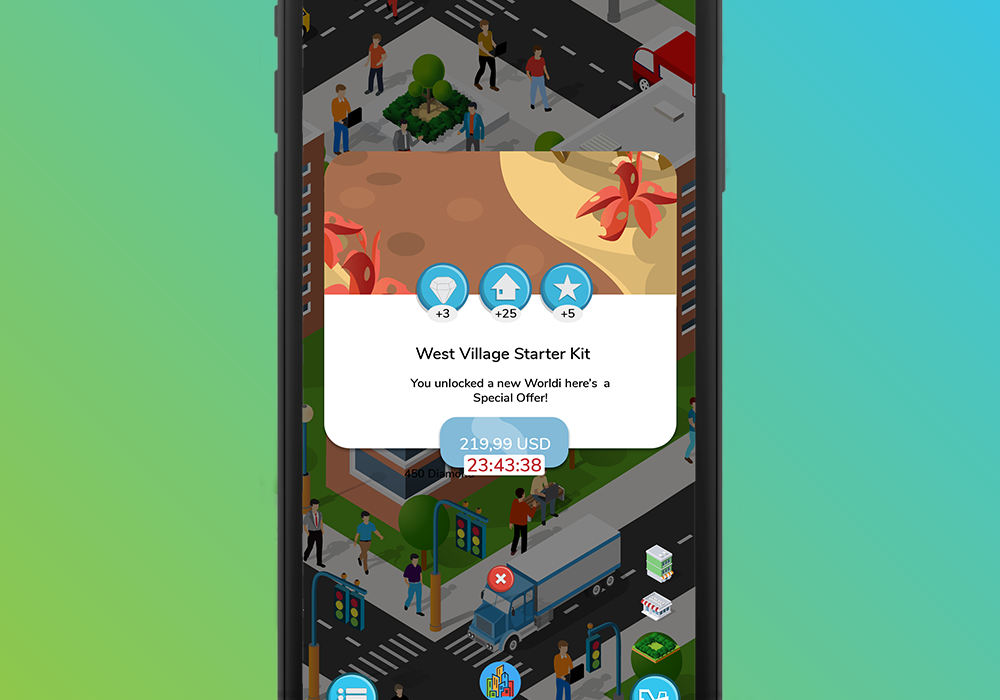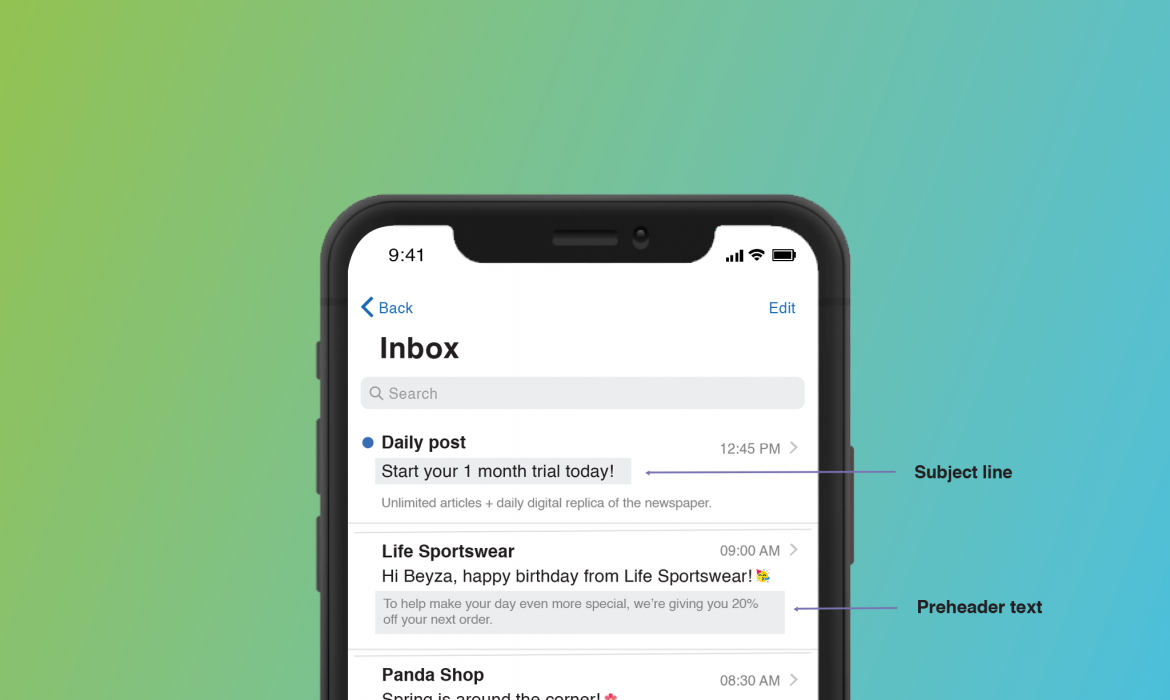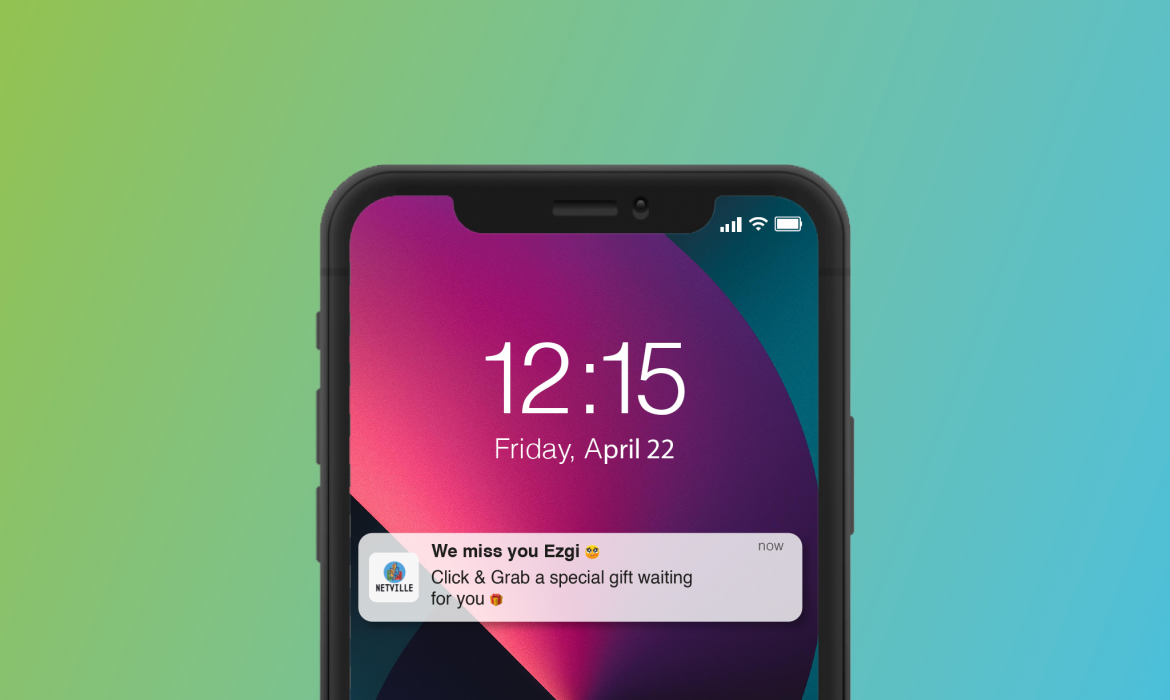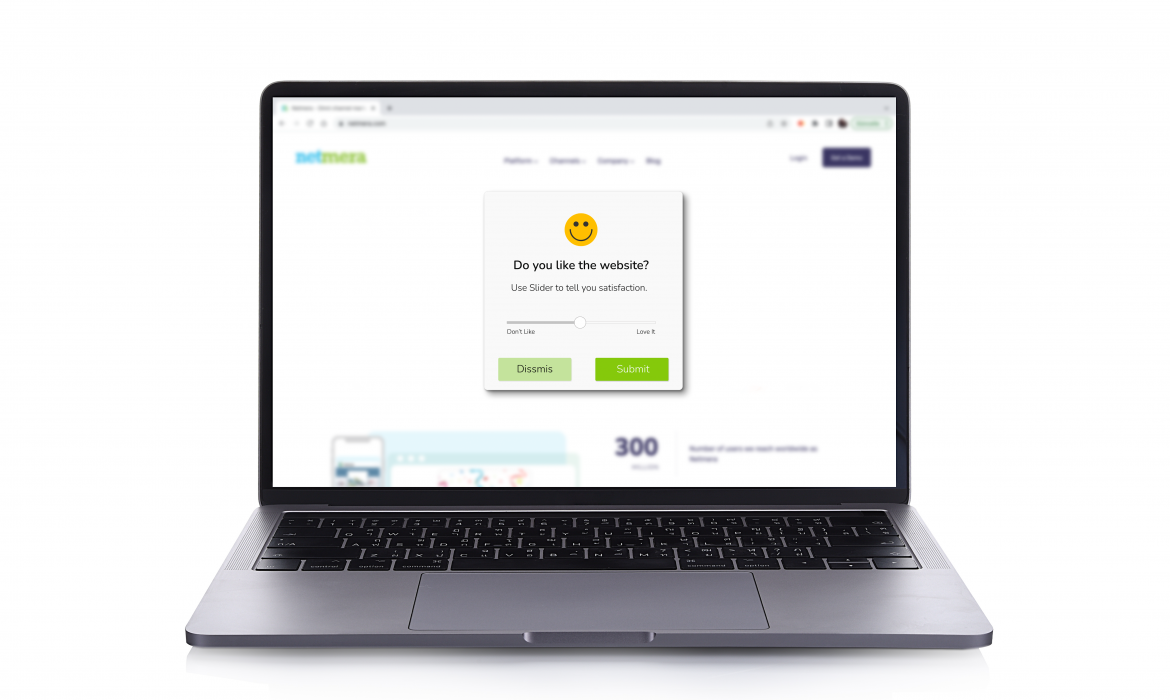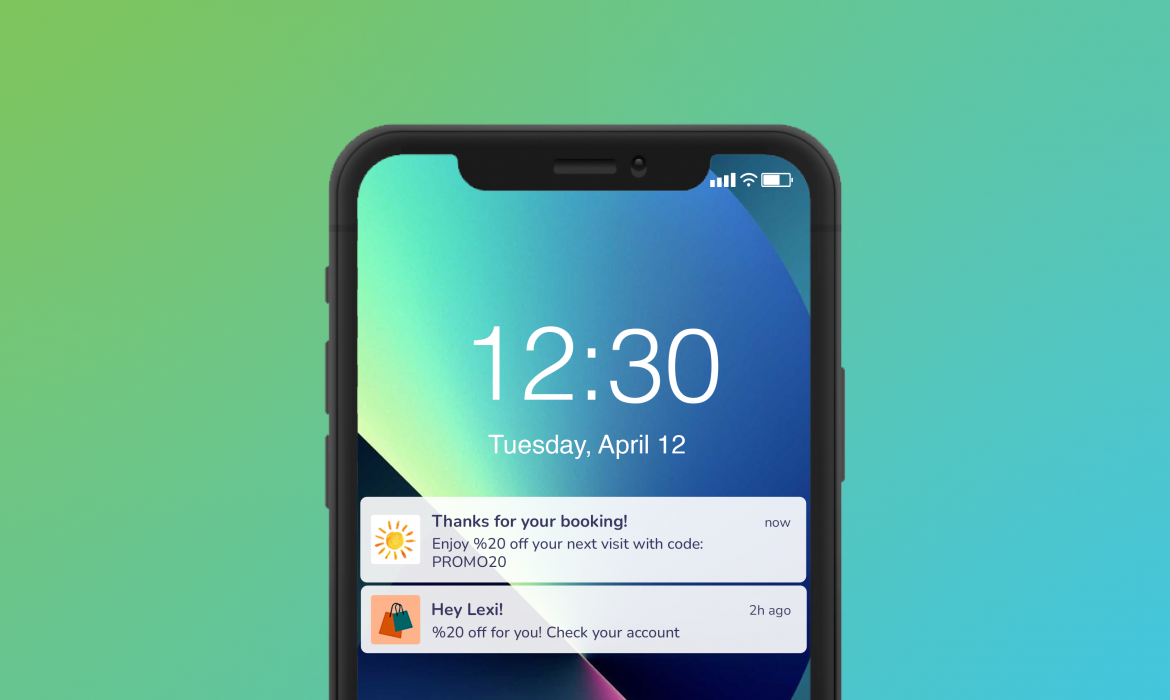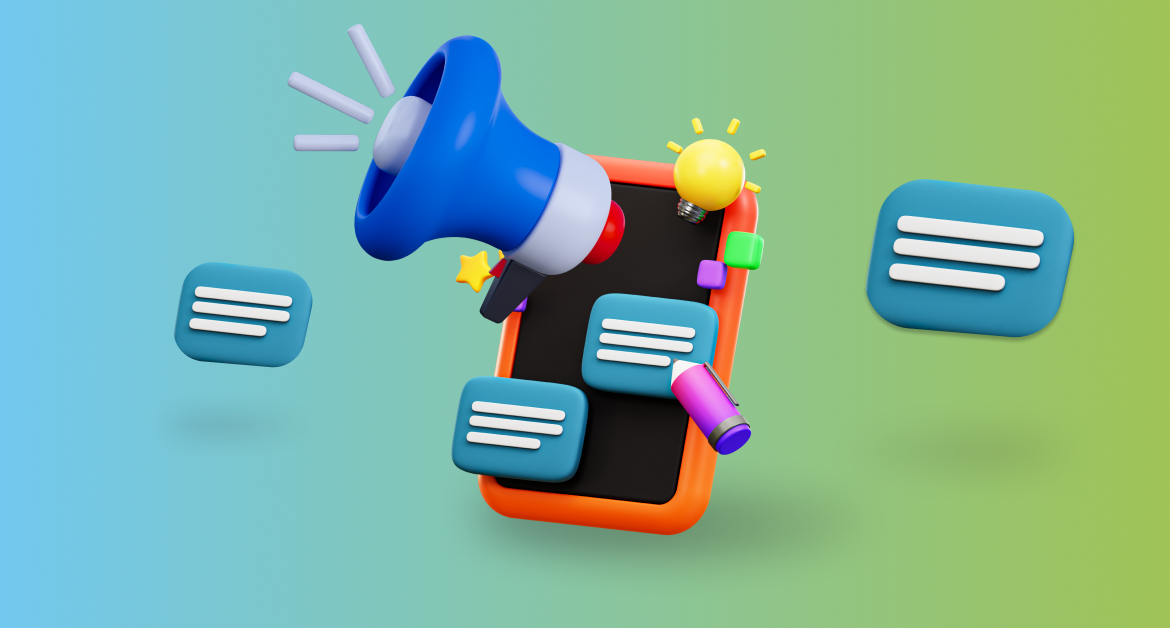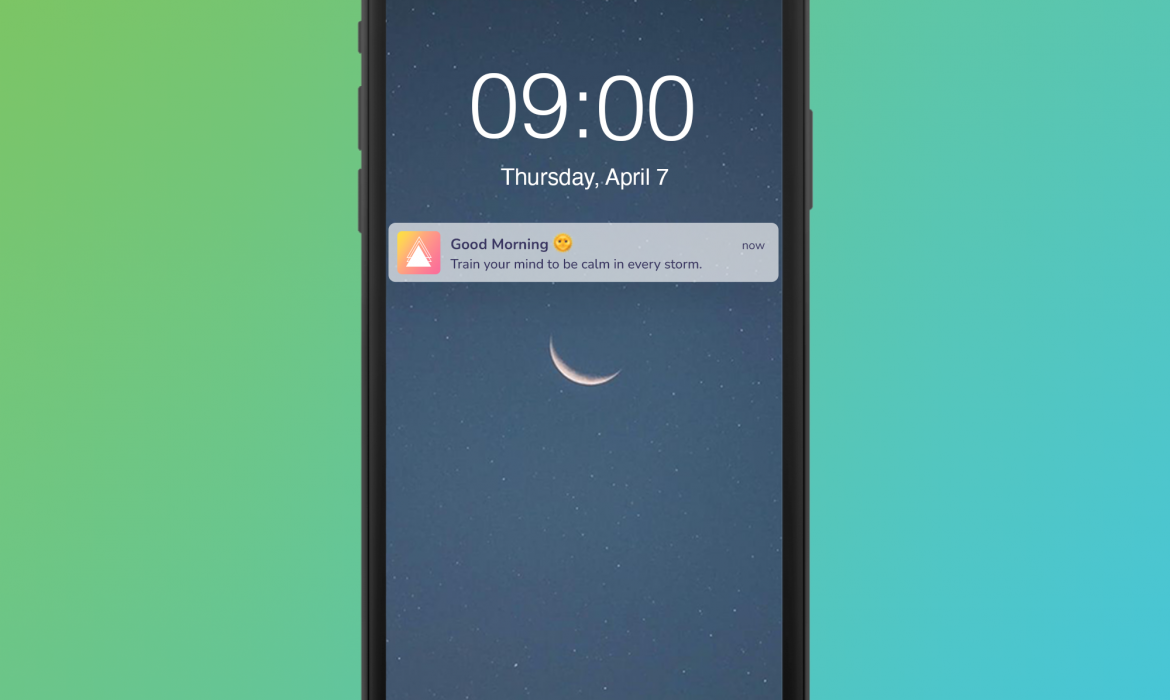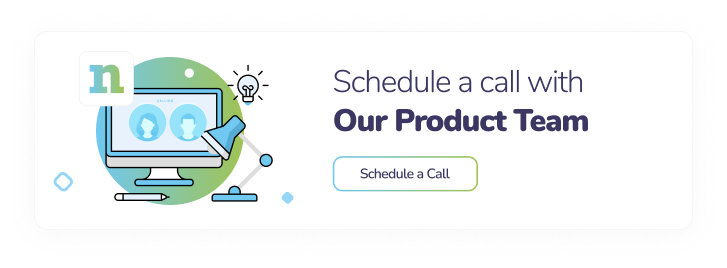Create personalized communication for Gamers
Netmera Gaming Product Diaries #3:
Activate, engage and retain more users with personalized communication tailored for each gamer’s needs
The place of mobile games in our lives has reached an undeniable point, especially after the pandemic. With the time we spend at home, especially with many new users turning to mobile games, this industry has become the biggest industry of the entertainment industry, leaving even music and cinema behind. And the role of mobile games in this development is huge.
In our previous articles, I have talked about game marketing trends, how you can monetize your game, and how you can take advantage of Netmera’s marketing tools to do so. Today I will explain how you can interact with your users after creating your games; how to attract new players, how to retain existing ones, and win back outgoing players.
Optimizing the starting experience of new players
The first experience your game offers is the most effective factor in player retention after the first day. There are several ways to optimize your players’ experience to make it seamless and enjoyable. It’s important to test different approaches and make changes to find the method that works best for your game.
Mobile game players have a much more diverse audience compared to many other industries. Therefore, when designing your games, be sure of which audience you want to appeal to and offer special gaming experiences in line with the expectations of your users. To be able to do that, you need to know who your players are and what they want from your game.
Also, take note that your aim as a product owner is to drive installs and generate revenue but users are less likely to install if your app isn’t properly displayed in the App Store or on the web in the first place. Optimizing these steps can generate more users and ensure that you are getting the most out of your campaign efforts.
Understanding who your players are
Understanding your audience is the first step in any marketing strategy, as well as the first step in a mobile game marketing strategy. It’s easier to set a channel and voice for your marketing messages when you have a clear picture of your target audience.
The very basis of any marketing strategy is identifying and understanding your target audience. The same goes for marketing a mobile game.
You can’t simply target mobile gamers as a whole because that’s a very large and diverse group of people. One has to be much more specific than that.
Naturally, the target audience depends on the game genre, specific game features, and markets the game is available in.
Start narrowing down gamers according to their location, age, and gender, i.e., player demographics. For example, the main target audience could be 18-24-year-old female gamers from Japan. You can choose several such groups to target.
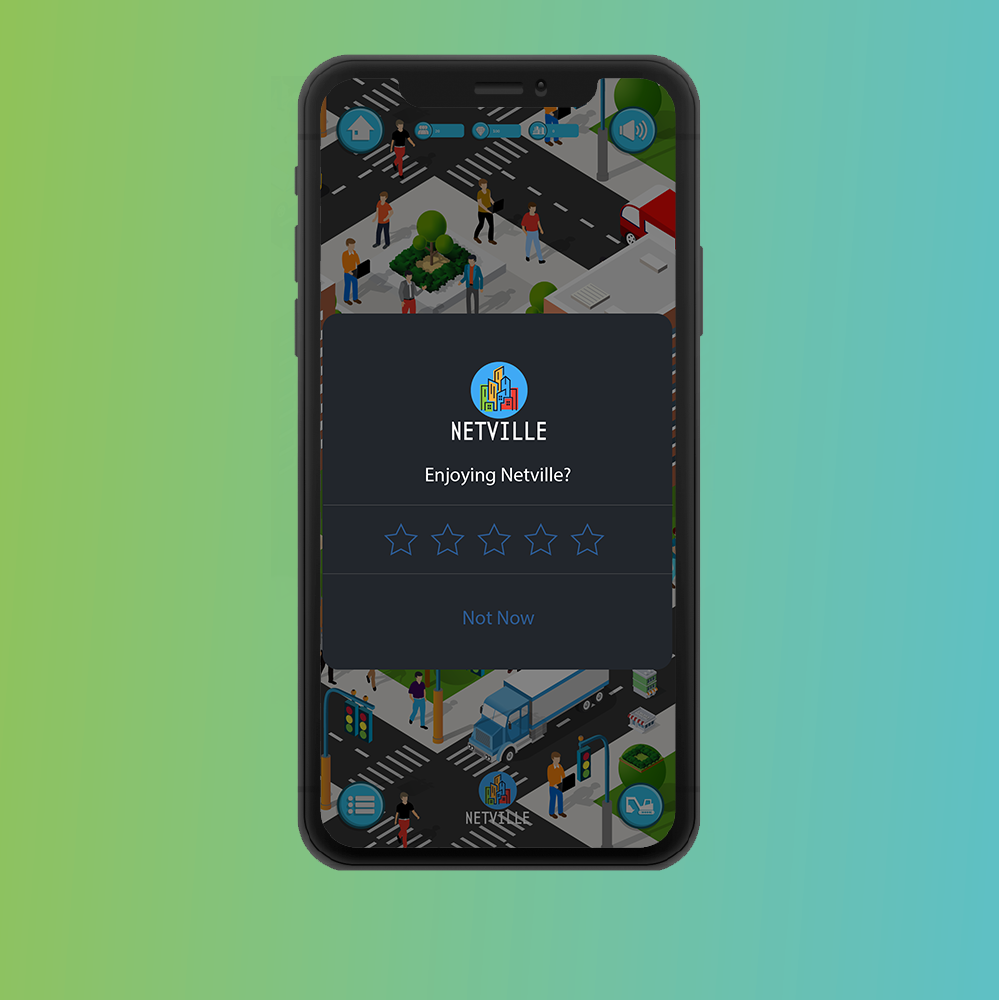
Segmentation
This takes us to segmentation. As I mentioned in earlier articles, one of the basic principles of marketing, showing the right offer to the right person, at the right place and time is also valid for mobile games.
Almost all of the offers, content, or promotions in successful mobile games are prepared for different segments. The content of the offers that will be seen by a player who has just started the game and the offers that the player will see for 30 days should be different. That’s why your marketing strategy should be supported by a strong segmentation infrastructure.
Take note that Netmera’s powerful segmentation tools help you identify, define, and target your players with various attributes, including traits, behaviors, in-game preferences, and more. You can create unified player profiles for a more direct, consistent, and individualized communication.
Delivering right content to the right player
Once you have segmented users by measuring the behavior, demographic information and habits of the users, now you can deliver messages players want to receive.
Whether it is a push notification, in-app banner, or an email, personalized messages help you create better customer experience, increase engagement and player loyalty. This also easily differentiates you from competitors.
The important thing here is to set up the right communication strategy, taking into account what is targeted with which campaign. With Netmera, you can turn every click on your mobile services into a personalized interaction through targeted push messages. As you increase the personal experience, you will make your users feel more special, making them more engaged with your service and be more active, and thus significantly increase conversion rates.
Push notification and in-app messages
Push notification and in-app messaging is a great channel to connect with your customers, understand their preferences, and increase conversions. Combining these two effective channels to reach your users allows you to deliver a more engaging and purposeful player experience.
Netmera helps you improve user experience with personalized push notifications, in-game actions, widgets, banners and more tailored for each gamer’s needs. With automated messages and push scheduling, you can inform users on level updates, new quests, important milestones, and the time they spend on your game.
For example, you can notify a player through push notifications that an unfinished challenge needs to be completed in a limited-time in return for a bundle, and show what the player has won with an in-app message.
Players want to feel special and take advantage of limited-time special offers. If you are offering a bundle that the player is already interested in with a discount until a certain day, the player will want to take advantage of this opportunity before that day. Therefore, the conversion rate of the push notification will be high.
Engage your players by providing the best gaming experience on any platform and device. Mobile games can be played on Android, iOS or tablet and phone. Make sure your games are optimized to allow flexibility in terms of compatible devices and the way people interact with their friends.
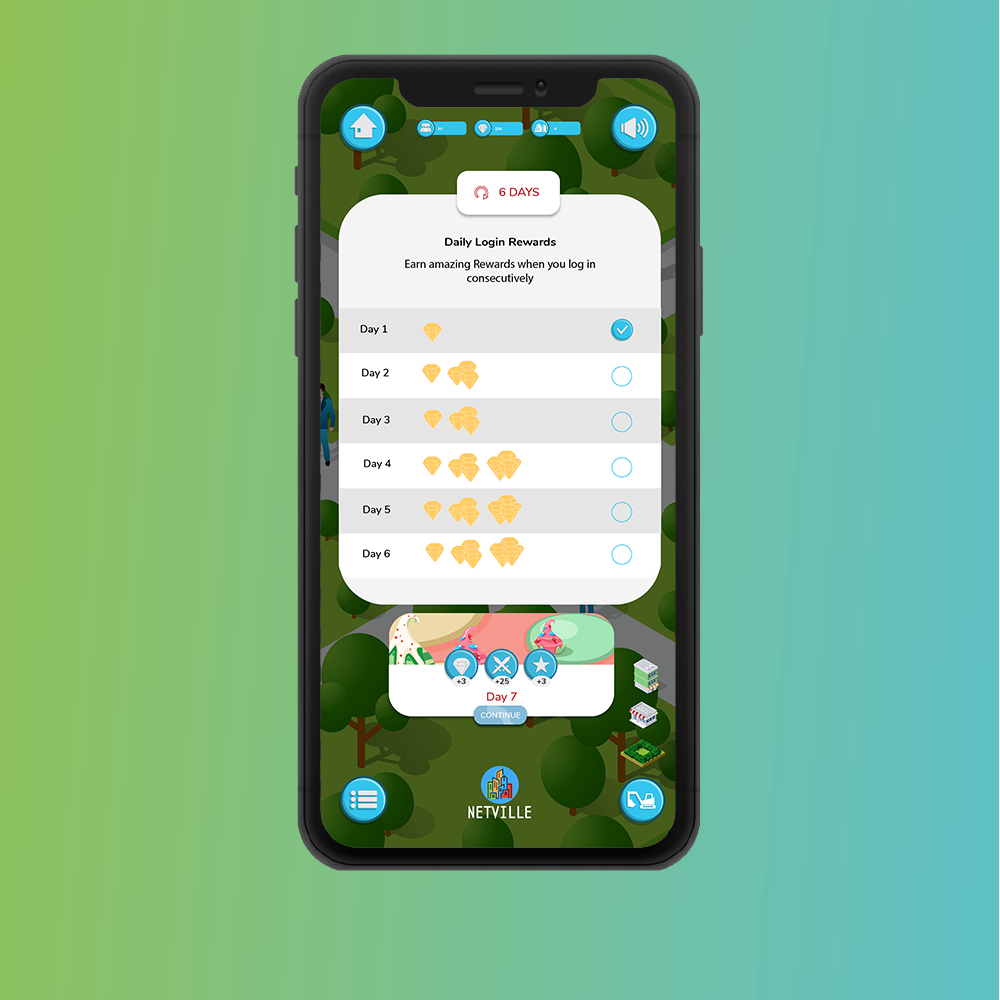
Don’t forget returning players
Offer daily rewards to returning players to increase retention rates. Daily and weekly rewards for returning players can be powerful mechanisms to build long-term loyalty and encourage more intense player engagement.
For example, you can get your players to unlock various in-game assets only when they re-engage with the game on a daily basis. The value of the gift to reward the player for logging in for 7 consecutive days will increase day by day, which will encourage players to play the game often. The offer shown in the player’s initial experience encourages the player to re-engage at a crucial moment for retention.
Customer feedback
Ignoring feedback from people playing your game is a big mistake you can make. Players will clearly tell you both the current bugs in the game and the innovations you can make. All you have to do for this is to analyze the comments in the app store well. At this point, you can even take your relationship with the players to the next level and contact your best players to find out what they think about your game.
You can also simply ask what your players think about your game or their general experience via customer surveys. Netmera offers various options for you to create effective customer surveys through its easy-to-use widget design tools. Netmera’s Widget Design Tool is designed with an easy-to-use interface that gives you full control of your widget elements. You can quickly and easily create feedback pop-ups that you can embed on your app in a few simple steps to better understand what your users want.
I hope I have been able to help you increase your ability to understand and communicate with your players. Next, I will talk about how you can rule all the metrics about your game with analytics and reporting.
Stay tuned!
Monetize your mobile game with flexible LiveOps strategies
Netmera Gaming Product Diaries #2: LiveOps
Monetize your mobile game with flexible LiveOps strategies
Previously, on Netmera Gaming Product Diaries #1, we have mentioned how you can take advantage of Netmera’s engagement & analytics platform for your mobile games in general. Today, we’ll go deeper and explore LiveOps, a relatively new concept in-game marketing, and see how you can turn it into a monetization strategy for your games. Let’s get started.
What is LiveOps and how does it work?
The dynamics started to change a lot in the game industry, where the real work starts after launching the game and you have to make the players happy every day.
The concept of “live ops”, which you probably did not even hear about a few years ago in the mobile game industry, is now one of the indispensables of game companies.
LiveOps, the abbreviation for live operations, refers to any changes, updates, or improvements made to a game without the need to release a brand-new version of that game.
But, why was it needed in the first place? In the past, game developers were doing enough backend development to make the game work, but previously, in the last 1-2 years, this situation has changed drastically. One of the biggest reasons for this is that game developers want to make changes to the game remotely without requiring a new version as much as possible.
Let’s think about a mobile game that you’ve downloaded. You won’t like to enter the game every day and see a new update has been added and that you need to update your game before playing it.
There are two main reasons for such a need:
First, especially on the App Store side, the application review processes sometimes take a very long time and unexpected feedback from Apple.
Game developers are trying to bring new features and content to the players very quickly, but it is not easy to do this on the Apple side.
This is one of the reasons why game developers are concerned about sending new content and features to the players as much as possible by the server. Thus, players can access these contents without the need for a new version.
Secondly, each new update carries the risk of losing existing players – especially in live games with multiplayer features, players must all play the game using the same version. Because all players must benefit from the new features and changes made at the same time. This causes you to lose some existing players.
The idea that you release a new version of the application, send it to Apple and Google Play, let them approve the application, and then let my players meet with these innovations is against the concept of LiveOps. Let’s face it, it’s exhausting and sounds inhuman. That is why we have met the concept of LiveOps, in the simplest terms.
Today, we can collect the concept of LiveOps under 4 headings:
Bundles and Sales
Limited Time Events
Remote Game Configuration Changes
A/B Testing
Now let’s explore these crucial concepts of LiveOps in detail.
Bundles & Sales
No matter which mobile game you open and look at right now, you will definitely see packages with different content. These packages, which are usually sold below the normal price, are one of the techniques that will allow players to spend money.
All package offers are prepared in a way that will attract players both visually and in terms of benefits. Games that make these offers at the right time and place can seriously increase their revenue.

So where are the LiveOps in this?
Almost all of the components you see in the offers can be changed remotely. In other words, everything is dynamic. Image, title, text, prices, remaining time… In short, all elements in the widgets can be changed remotely.
But – do all players see the same offers?
This is where segmentation comes into play. One of the basic principles of marketing, showing the right offer to the right person, at the right place and time is also valid for mobile games. Almost all of the offers in successful mobile games are prepared with different content and pricing for different segments.
The content and pricing of the offers that will be seen by a player who has just started the game and the offers that the player will see after 30 days should be different. That’s why your LiveOps strategy should be supported by a strong segmentation infrastructure.
Note that Netmera’s powerful segmentation tools help you identify, define, and target your players with various attributes, including traits, behaviors, in-game preferences, and more. You can create unified player profiles for more direct, consistent, and individualized communication.
Limited Time Events
Limited Time Events are one of the most important ways for game developers to increase revenue and loyalty.
The purpose of these events, in which players are given tasks that are not normally done and must be completed in a limited time, are to offer different content to the players, to enable them to enter the game more often, and to maximize app purchases.
All of these activities are followed on an almost hourly basis by product managers and these activities can be intervened when necessary. For example, the product manager, who sees that the players have too much difficulty during the event and cannot progress in the event, can change the difficulty level of the event remotely.
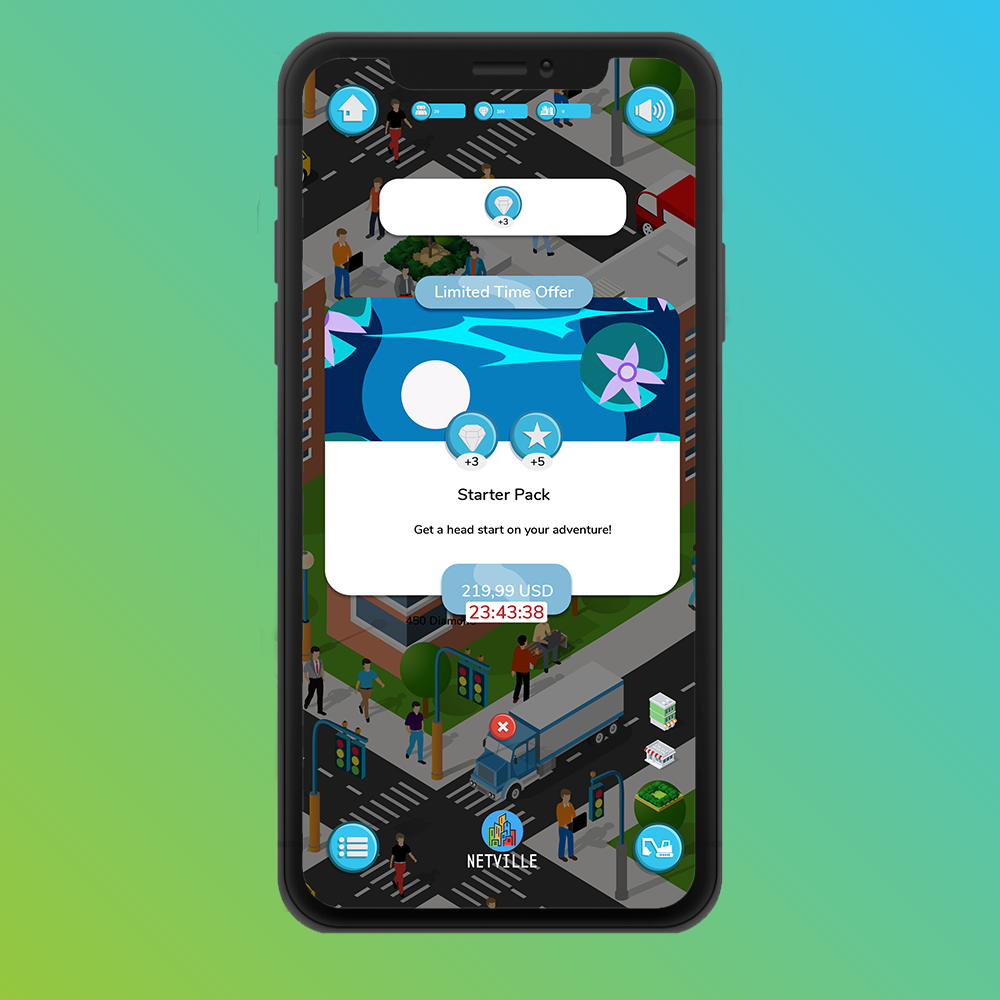
Segmentation, which we mentioned in the previous title, also applies to limited-term events. While offering more difficult but more satisfying activities as rewards to high-level players, game developers can offer less difficult and less rewarding activities to new players. Thus, player engagement can be increased in each segment when these activities are maximized.
Remote Game Configuration Changes
Product managers review a wide variety of game data at daily or even hourly intervals. Data such as the economy of the game (whether there is inflation in the game), and how fast the players progress in the game are from the reports that the product managers constantly follow.
Let’s say the product manager looks at the “Player Level Breakdown 30 days-Cohort” chart, which shows how fast players are progressing in the game.
With the Cohort report, the product manager can look at the level distribution of these players, especially for players who started playing the game 30 days ago. Let’s say there is a serious drop between Level 5 and Level 6. There may be several reasons for this:
The amount of experience points required to level up in the game is increasing drastically and players do not see it as a very achievable goal.
To solve this situation, product managers can remotely adjust experience point amounts with the help of LiveOps. Thus, the situation can be intervened very quickly.
Players may be complaining that the game is starting to repeat itself too much. In other words, not enough new content or gameplay can be offered to the players.
A very advanced LiveOps infrastructure is needed to solve this situation.
But, a repeating game can decrease player engagement and conclude in low revenue. Obviously, adding new content to the game remotely is not an easy task. An advanced content management system is needed.
As a result of increasing in-game costs, players may be experiencing serious resource shortages. For example, they don’t have enough gold to upgrade their characters.
In order to solve this situation, the prices in the game can be reduced or the amount of gold that players can earn at Level 5 can be increased. Thus, the method of monetizing the players at later levels can be preferred by giving the players a little more breath.

In the past, it was necessary to update the application to be able to make such changes, but now almost all of the applications that make serious income can make these changes remotely.
A/B Testing
A/B tests are always a method used to test the features, gameplay and pricing in the game. Product managers generally try to do as much A/B testing as possible on the following topics;
Pricing Tests: What should be the value of a character to be added to the game, 100 gold or 300 gold?
Difficulty Tests: How fast will players progress through the game? Can the average player reach Level 10 after Day 7?
FTUE Tests (First Time User Experience – Mini-guide that teaches the player the game when the game first starts): Should the FTUE be long (ie, let’s teach the player everything) or short (let’s teach only certain things)?
Let’s say the product manager wants to run a pricing test. A new character will be added to the game, and the question is, what should the price be? The product manager must have a cost in mind. It usually does this by looking at how much better or worse the character to be added is compared to other characters in the game.
So far, everything is normal and you might say, why do we need A/B testing in this situation? There is no need to do such a test for casual games with low active users. Because the marginal benefit or optimization you will receive will be between 1-5%. It’s highly likely that you can get more benefits by spending the time you spend on A/B testing elsewhere.
On the other hand, for a game with millions of daily active users, a 1-5% benefit increase will reflect more positively on the result. That’s why A/B testing is one of the methods product managers use when adding new content and pricing.
After about a few days of testing, the product manager looks at which group does better in terms of revenue and loyalty and applies that group to all the players. A 1% income or expenditure increase that can be obtained as a result of this process can have very serious results in games where the number of daily active users reaches millions.
Do not skip the integration
One of the biggest mistakes game developers make is to leave this type of LiveOps development until after the launch of the game. If you have a small budget, of course, these are the issues you should focus on after the launch, but if you have big goals, it is very important to think about this type of live ops development from the beginning and to set up the technical infrastructure accordingly.
Final Thoughts
In summary, LiveOps strategies appear as an indispensable strategy for your mobile game to constantly offer new content to players, support this content with the right package and discount campaigns, and make the game more enjoyable for players.
As long as you pay enough attention to the LiveOps strategies we’ve mentioned, there is no reason not to grow your game and generate income.
How to Get More Customers to Open Your Emails in 2023
How to Get More Customers to Open Your Emails
Email marketing is one of the most functional digital media channels and its contribution to customer acquisition and retention is undeniable. Email campaigns are a great opportunity to remind customers of your brand, services and products. The more often customers see emails related to your brand in their inboxes, the more likely they are to choose your business during their product search.
For getting the best of email campaigns, your emails must be read by your customers first – and of course opened even before that. So what should you do to get more customers to open your emails? The answer to this is primarily through what customers see first; that is, the subject line along with the preheader.
What Is A Preheader And Why Is It Important?
Preheader is where your email marketing begins. With this limited space where you can express more than a title, you can attract the attention of buyers and increase your opening rates.
An effective email marketing campaign should attract a customer at first sight. Only then do users open an email and become potential customers. The first condition to be able to achieve this is that a recipient sees an article that will attract their attention when they receive the email. Here the pre-header field is the best way to do it.
How to master preheaders?
Although it varies from device to device and according to the usage preferences of people, the pre-header area is a very limited area in any case. Therefore, the text to be edited here should also present an interesting content in a few words.
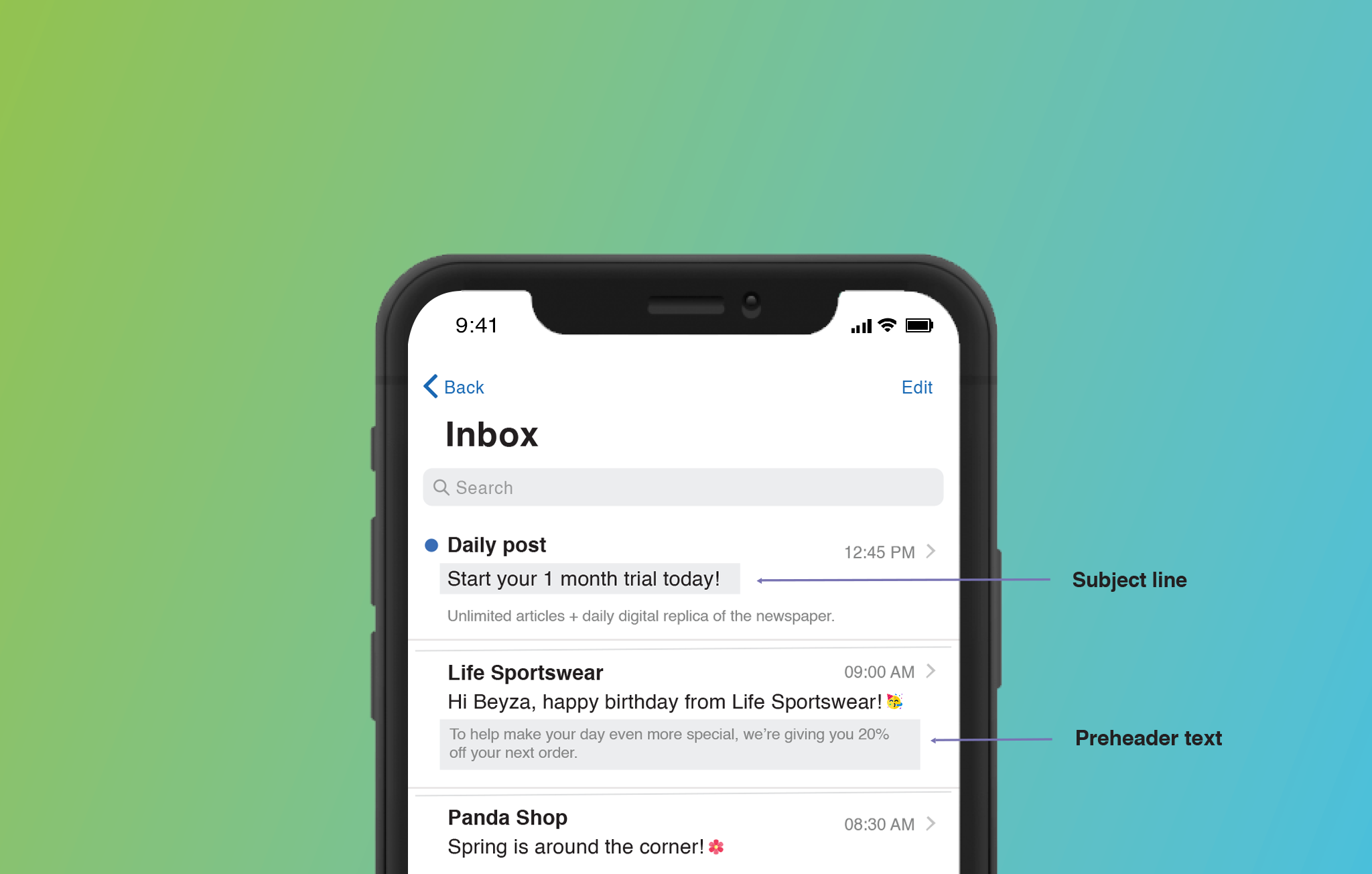
Don’t keep it too long or too short
Don’t make the first few sentences in your email too long. Introduce people with short and clear sentences where they can get an idea of the content of the email. In addition, if this section is kept long, there is a possibility that the entire text you created will not be visible.
Also, do not keep the text that will appear in the preheader section too short. It would be wrong to treat that part as the subject line of the email. Providing enough information in this section will significantly increase the success rate of the email.
Combine it with the subject line
As customers see the two of them back to back it’s wise to combine the subject line with the preheader. Because after people read the subject line, their eyes are always fixed on the preheader part. In this way, you can do a more effective job than a normal subject line. If your subject line opens with a question, you can consider keeping on with a potential answer your customer is seeking in the preheader.
Make it personal and relatable
The subject line provides recipients with some basic information about the email. Therefore, your subject line should accurately reflect your email content. Your goal should be to attract subscribers and motivate them to be involved in your campaign, rather than providing information.
Let’s say you send an email for a webinar announcement. If you specify the seminar topic directly in the subject line, subscribers will be able to master the event as soon as they read it and can decide if they are interested in the event.
Personalizing your email subject line will also be an effective strategy. It adds a name section to the subscription form, so you can directly address your customers by name. This indicates that you care or will be particularly interested in each customer.
Level Up Your Game with Netmera’s Engagement & Analytics Platform
Netmera Gaming Product Diaries #1:
Level up your game with Netmera’s engagement & analytics platform designed for mobile games
I am really excited to share the first of our gaming marketing blog series with you today. As a product owner working for Netmera and also as a gamer who loves to play mobile games, I thought it’d be wise to start this series in order to help you game developers and everyone in this business through your marketing journey. I am aware of the various difficulties many of you have in marketing your game and will guide you to resolve them.
In the first of our 4 article blog series, I will introduce you to Netmera, the engagement & analytics platform that I work for, and I will talk about what solutions we offer to overcome the problems you experience in game marketing.
Here at Netmera, we strive to strengthen the relationships of our customers from many different sectors with their customers. With our four main solutions (Mobile Engagement Product, Web Engagement Product, Intelligent Analytics and Marketing Automation) we help our fellow customers to deliver better marketing journeys.
Our superior segmentation/targeting, multi-channel interaction, artificial intelligence, and analytics capabilities are also highly optimized for the gaming industry and have been developed to help you build stronger relationships with your players.
Before introducing how you can use Netmera’s engagement and analytics tools for your game, I’d like to talk about why you should pay close attention to gaming marketing in general.
Why you should take game marketing seriously
In recent years, we have seen tremendous growth in the gaming industry and the radical changes that accompany it. Even before COVID-19, we witnessed an increase in the interest in digital sales of games and esports, the increasing adoption of the free-to-play revenue model, and the rapid development of live streaming and cloud gaming platforms.
During the quarantine days, we witnessed an even more serious rise in the mobile game market. The game industry, where the home office work order can be well established, started to focus on both marketing and new game production, with the opportunity of people staying at home.
On the other hand, for years, the gaming market was thought to be a special market that appealed only to serious gamers and young people. Today, this perception has changed. Games attract the attention of people from all walks of society.
This being the case, the competition in the game market has started to increase more than ever before. And this has pushed game developers, business owners and marketers to develop different strategies and use different marketing tools to gain users, retain players and monetize their games.
Now let’s take a look at how Netmera helps you to achieve these goals.

All-in-one marketing platform for mobile games
With its different solutions, tools, and plugins, Netmera provides game developers and marketers with many advantages to take their games to the next level. These include data collecting, reporting, real-time analytics, ad management, user behavior tracking and more.
To be more specific, user experience improvement activities such as logins, level completions, and real-time tracking of player activity such as app installs and purchases, and how users interact with your app can all be done easily with Netmera.
Netmera provides access to a range of marketing tools for both indie and mainstream gaming companies to analyze, optimize and improve their games.
What Netmera offers for your game
- With push notifications, exclusive subscriptions, and creative content, you can engage players and keep them online and playing for hours.
- Thanks to artificial intelligence-supported analysis and instant reporting, you can understand how players use your application and send them more relevant notifications.
- You can improve the user experience with personalized in-game notifications, widgets and banners.
- You can notify users about game-related level updates, new missions, important milestones, time spent in your game, and more.
These are the most basic yet crucial things you can do with Netmera to improve the game and player experience. And there is more.
Personalization
Netmera helps you improve user experience with personalized push notifications, in-game actions, widgets, banners and more tailored for each gamer’s needs. With automated messages and push scheduling, you can inform users on level updates, new quests, important milestones, time they spend on your game and more to keep your users engaging, loyal, and satisfied.
Segmentation
Netmera’s powerful segmentation tools help you identify, define, and target your players with various attributes, including traits, behaviors, in-game preferences, and more. You can create unified player profiles for a more direct, consistent, and individualized communication.
Engagement
Netmera Mobile Engagement Platform helps you increase retention and conversion rates with personalized mobile push notifications, in-app messages, banners and more tailored to each player’s needs. Inapp Design helps you to enrich pop-ups, banners, notifications, and widgets with media; high speed push sending feautre allows you send 1 million push in 5 seconds; ad tracking to monitor ad performance with real-time data, and geofence technology to deliver targeted messages and track player data.
Unity SDK integration
Get closer, retain and interact with your users. With Netmera Unity SDK integration, you can send information on player actions from your game for analysis, reporting, and gameplay personalisation. Our AI-based technology will help you optimize campaigns to more accurately target players with higher lifetime value.
In our next article, we will go deeper and explain how to use Netmera’s various marketing tools through which channels, how to monetize your game, and liveops in detail.
Stay tuned!
Get Valuable Customer Feedback With Feedback Widgets
Get Valuable Customer Feedback With Feedback Widgets
Customer feedback is vital for a business trying to produce the product or service that the customer needs. Customer feedback not only guides managers’ informed decision-making processes, but is also essential for measuring customer satisfaction and customer loyalty.
Before you start collecting customer feedback, you need to know exactly why you want to receive customer feedback and how to ask customer satisfaction survey questions. Only when you achieve the expected results can you choose the smartest and best way to get customer feedback. Also, before you start the process, you should have segmented the customers so that you can use the appropriate method according to the characteristics of each group. Therefore, before starting to collect customer feedback, you should consider the following:
- Determine which part of the customer experience you want to improve.
- What will you do with the data you collect? It is important to follow what you learn from customer feedback. For example, if the design of your online store is confusing to your customers, you need to be prepared to invest and allocate resources to change the design of your site.
- Prepare your customer satisfaction survey questions.
- Decide which customer feedback method you should use based on customer segmentation.
Once you determine why you want to receive customer feedback and what you will do with it, it is time to get into business. There are various ways and different channels to collect feedback. However, if you are looking for the most direct and simple way to do it especially for your website, feedback widgets is one of the most effective ways to do so.
Easiest Way To Get Customer Feedback
One of the most effective ways to refine your site experience is through feedback widgets. Netmera allows you to quickly and easily create feedback pop-ups that you can embed on your site or app in a few simple steps. Netmera’s Widget Design Tool is designed with an easy-to-use interface that gives you full control of your widget elements. This way, you can create effective feedback pop-ups in just a few minutes.
Whether it’s a blog post, store product, web page, image or whatever element of your website that you want to be rated. It’s a super-effective way of getting instant feedback from your visitors, readers, and buyers, on the quality of your site’s content.
Netmera offers various options for you to create effective customer feedback for your website through its easy-to-use widget design tool. Some of them are as follows:
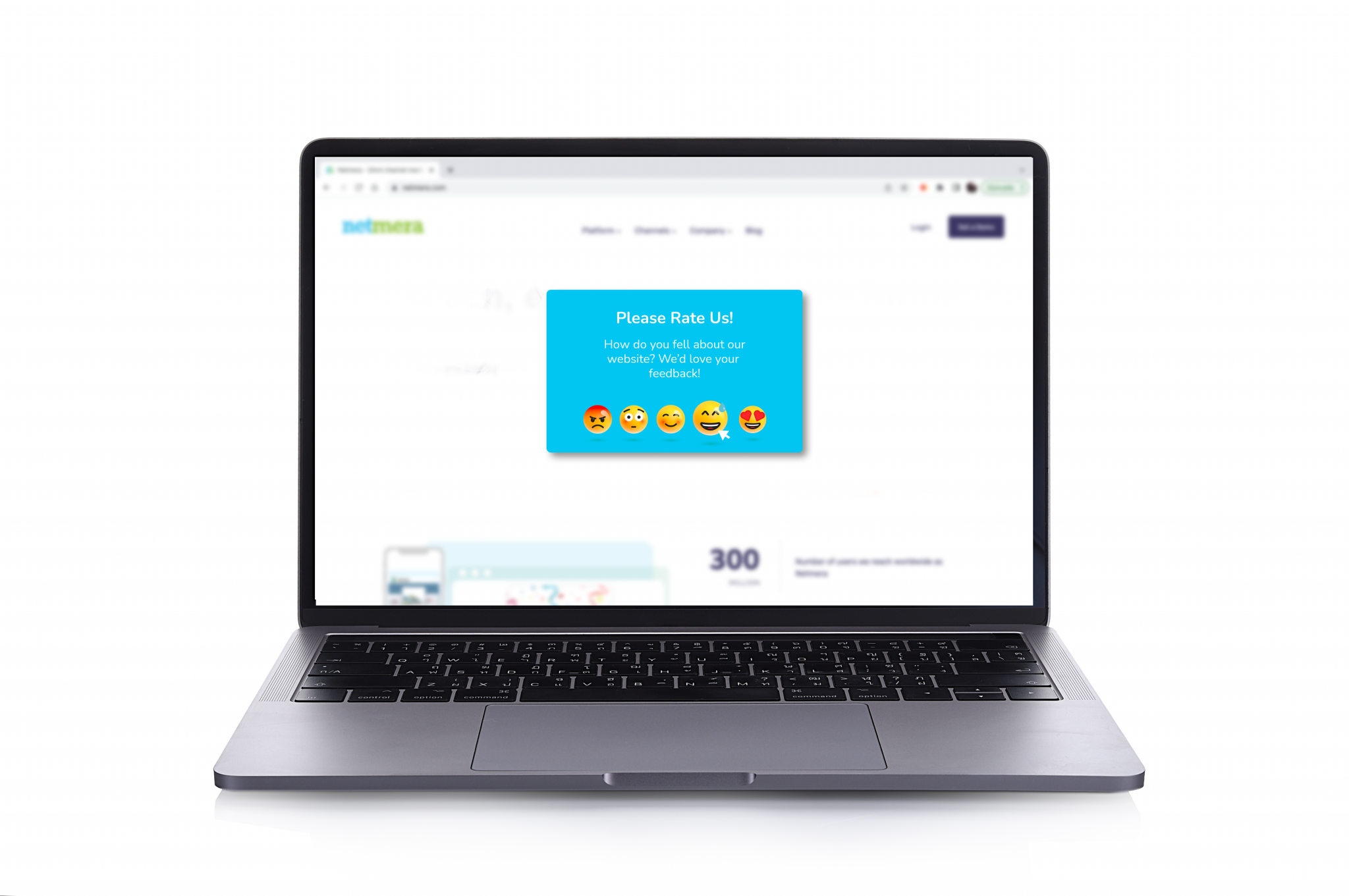
Emoji Feedback: It is a feedback collection technique that uses emojis (or emoticons). Users have to select a relevant emoji to share their feedback on a product or service instead of filing a survey. They choose emojis that express different reactions such as angry, happy, or sad to your simple questions such as “How do you feel about our website?”, or “How much did you enjoy your shopping experience?”.
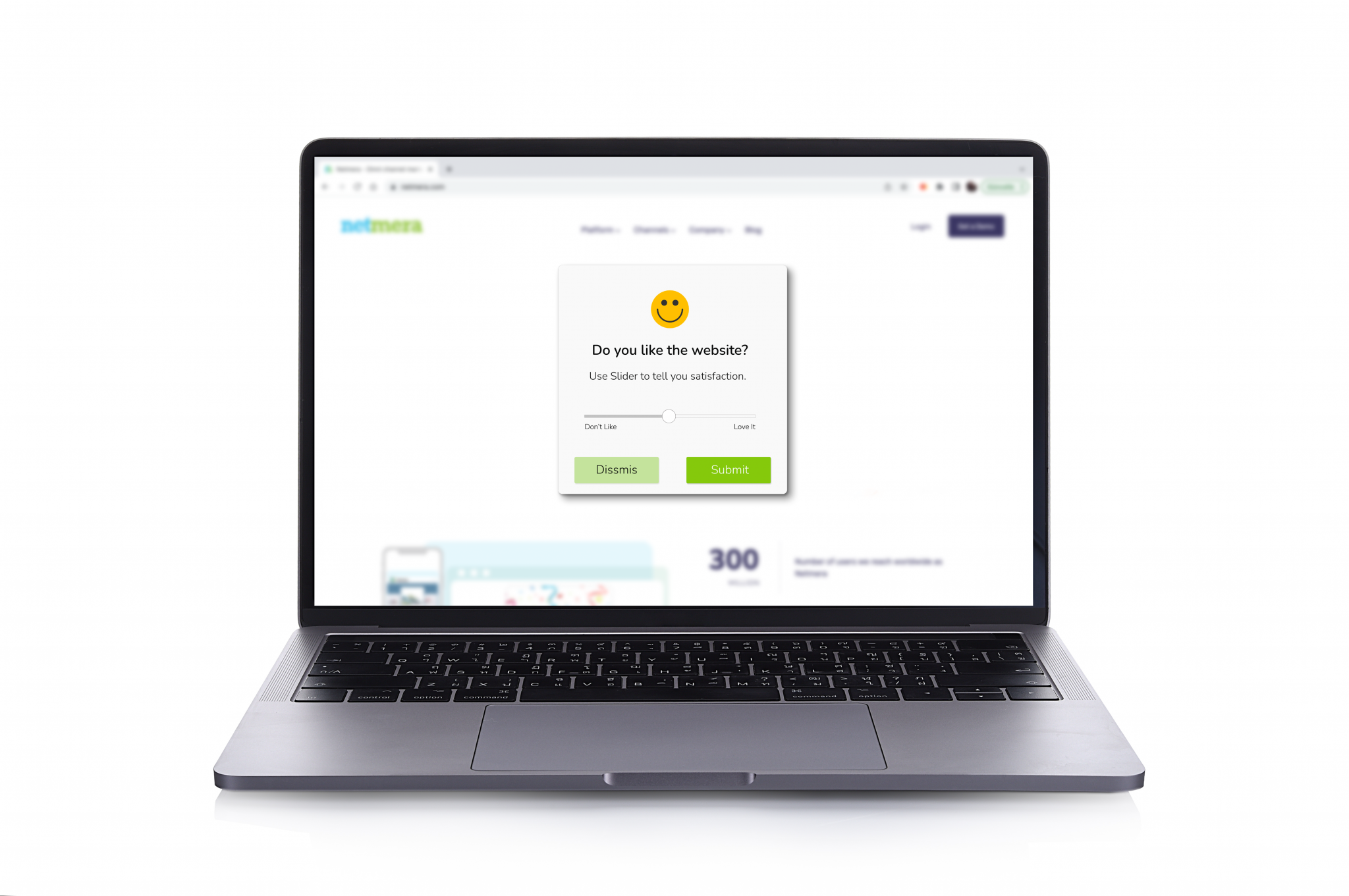
Slider Rating: Rating scale questions offer a range of multiple-choice answers that map onto a numeric scale, such as rating customer support on a scale of 1-5.
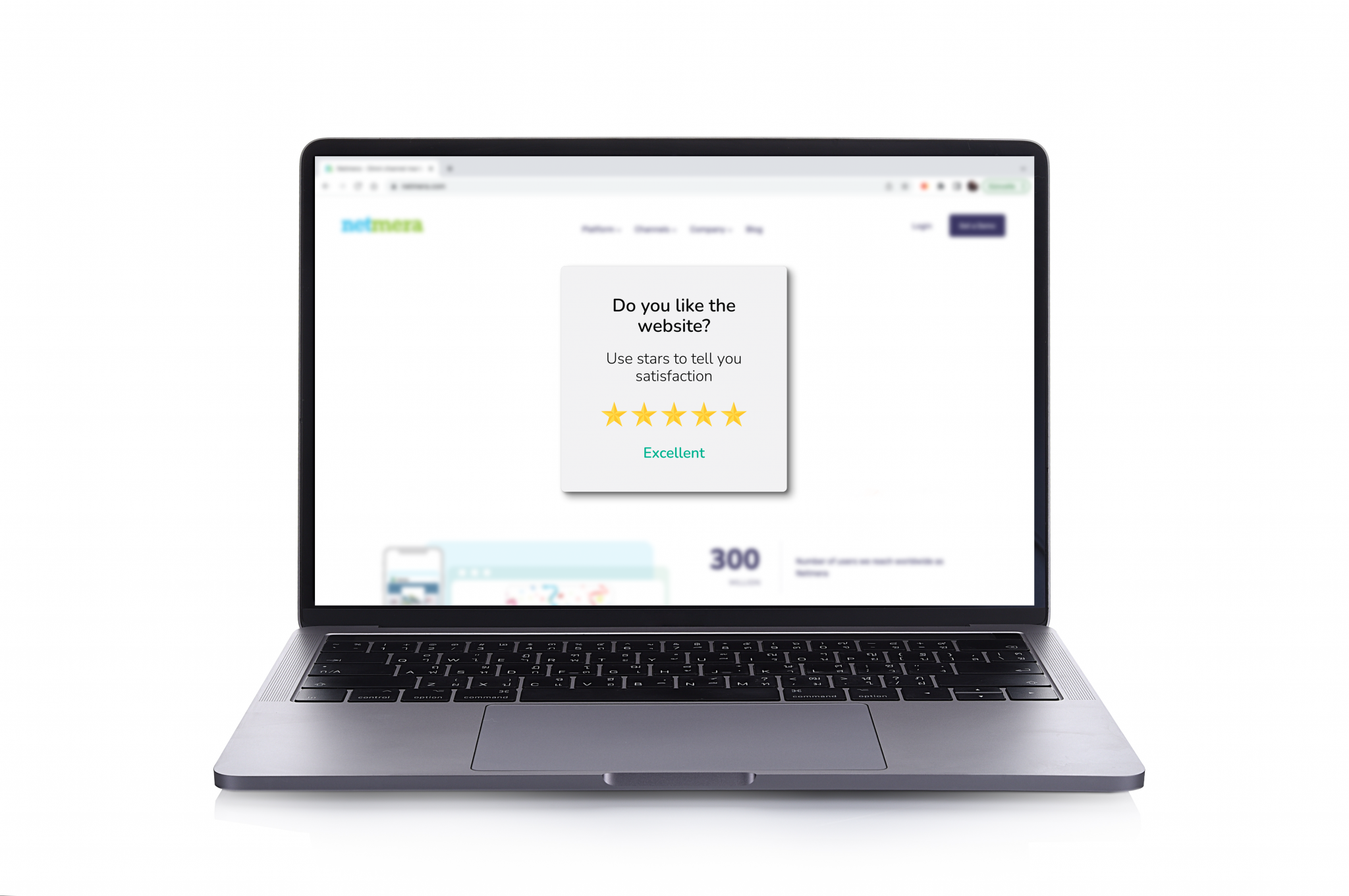
Star Rating: It is a star rating system for your blog or website, a voting control which enables rating elements of content on your site by its visitors. You can get direct feedback on what your customers think or how much they enjoy the experience about your product or service on a scale of 1-5.
Promotion Code Strategies That Will Motivate Your Customers
Promotion Code Strategies That Will Motivate Your Customers
Promotion codes and discount coupons are a marketing method that both traditional stores and online shopping platforms frequently use for different purposes such as increasing their sales, gaining new customers, retaining existing customers, and introducing new products. Discount coupons, which are highly preferred because they can be used easily in almost every product category from grocery to clothing and electronics, are a great way to attract the attention of customers.
The biggest advantage of discount coupons is that they are much more eye-catching than ordinary promotional content. According to research, promotional content that offers discount coupons attracts customers more and they are more likely to keep the information in the content in mind.
It is very important to develop a successful promo code and discount coupon strategy that will attract the attention of consumers in these days when there is not much of a discount coupon.
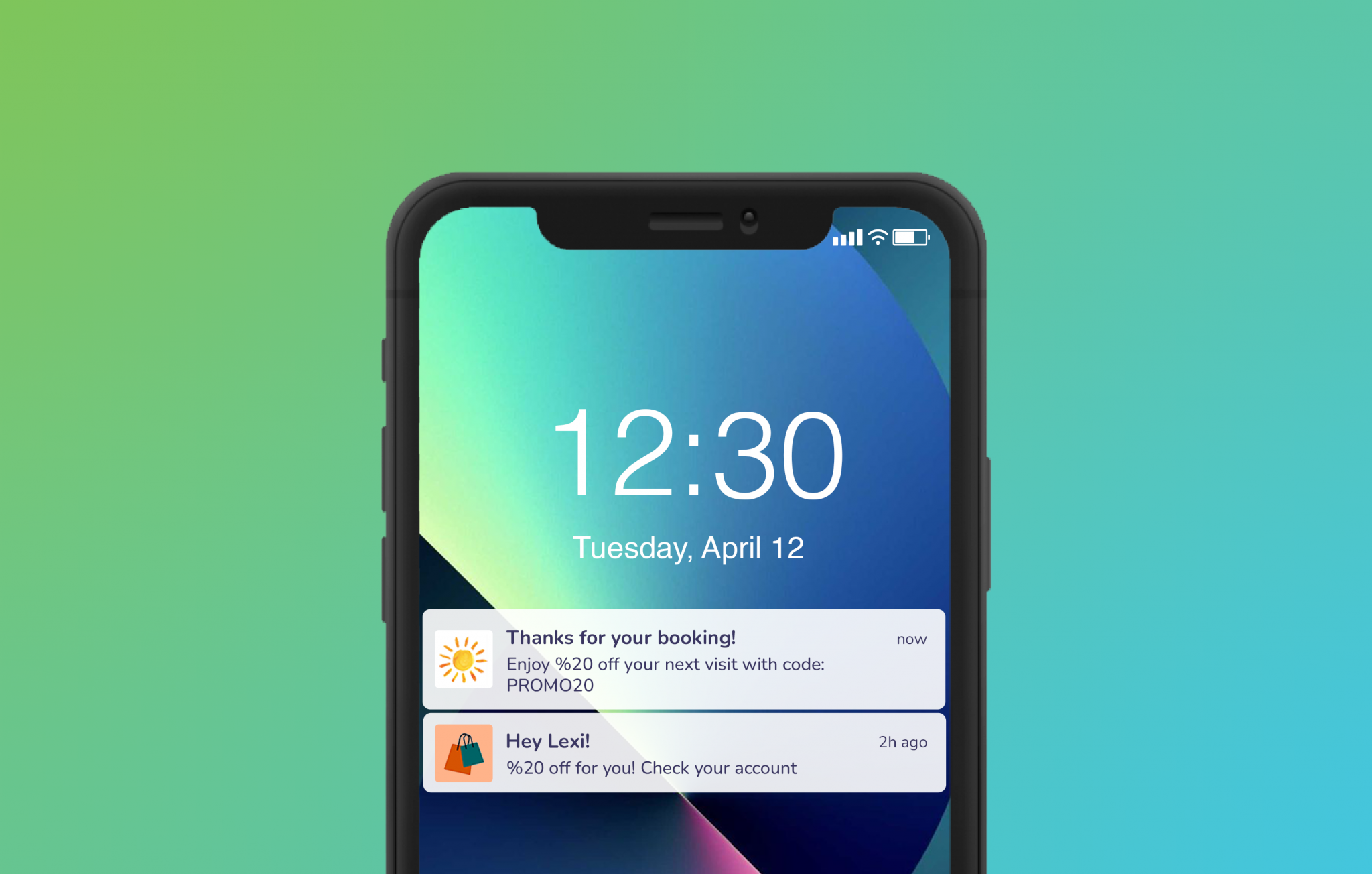
Set Specific Goals
The first step in a solid promo code strategy is setting your goals. You should determine your priorities among the goals mentioned above, such as increasing sales, gaining new customers, and introducing new products. To decide which target you should focus on, you should do a detailed research by examining your sales and marketing data. In which step of the shopping you lost customers, the shopping rates of your existing customers, the number of new customers in the last year, etc. By examining it thoroughly, you can determine your priorities and create a specific target.
Create Perception of Opportunity
In order for the discount coupons to be successful and to encourage the customer to shop, you must be able to make the customer feel that he has encountered a “special opportunity” and should not miss this opportunity. If you can successfully create this sense of urgency, the customer will be more likely to use the discount coupon. Design, planning, validity period determination etc. You should focus on creating this “perception of opportunity” and a sense of urgency at all stages.
Determine the Target Audience
For each promo code strategy, you should determine in advance which customer segment you will appeal to and develop your strategy accordingly. For this, you should group your current and potential customers according to age, purchasing power, relationship with the brand, relevant area and similar criteria. Thus, you can better determine the target audience you need to focus on while developing your strategy.
Choose Access Channels
Determine which customers and at which steps of the shopping your promo code should be accessible. For example, you can choose to share a discount coupon in the cart to reduce cart drop rates and increase checkout rates. According to research, three-quarters of consumers leave their products in the cart and look for a suitable promotion on discount coupon sites. That is, you can share your promo codes on coupon sites to acquire new customers and reach non-member customers.
Add Promotional Codes to Push Notifications Without Any Cost
SMS is one of the most preferred channels to convey the promotional code to customers. However, since sending promo codes via sms is costly, marketers hesitate to choose this channel.
At this point, Netmera provides great convenience to business owners and marketers in terms of sending promo codes without hitting the budget. You don’t have to send promo codes via sms. With Netmera, you can add personalized promotional codes to push notifications without any costs.
You can define your promo codes to netmera very easily and add personalized promo codes into push notifications. In this way, you will not only get rid of costs, but also send personalized, meaningful and interesting messages to the target audience to provide a better shopping experience and customer loyalty
4 Efficient Strategies to Re-Engage Your Inactive App Users
4 Efficient Strategies to Re-Engage Your Inactive App Users
Although the majority of mobile usage is time spent with apps, 25% of all apps are deleted after just one use. Only very few apps are used faithfully. What can marketers and brands do to encourage consumers to re-engage with inactive app users? We can talk about four basic strategies that make a big difference.
Make Your App Attractive to Attract Users
For users to interact, apps must first be appealing and useful at a persuasive level. A good app reflects the best of a brand’s mobile website or even desktop site. Otherwise, there is no obvious reason to use the app. After all, the user can open the website instead of the app. The trend today is that an app does one thing very, very well. That is the application’s purpose. Make your app as easy to use, convincing and satisfying as possible. When you focus on this, it will attract the attention of users anyway.
The main thing about apps is functionality and utility. That is, the purpose of the application should be to enable the user to quickly perform a certain action. So make sure your app’s core functionality is in the foreground.

Use Push Notifications Wisely
After creating a very good application in the first place, push notifications can be cleverly used to keep users coming back. The ones with the least impact, loose communication methods that remind users to open the application, cannot go beyond annoying. Random and completely irrelevant push notifications make users want to delete the app. A good push strategy takes into account the relevance of the app to you at the time, as well as data about who you are, where you are, and what you’re doing.
Push notifications with a very specific reminder or encouragement ensure you get the best results. For this, you need to monitor in-app events, create segments and target accordingly. Netmera allows brands and marketers to combine analytics with push notifications to better know and understand what users really want from your app. You can keep the segments as narrow or wide as you want so you can craft truly intelligent push notifications to re-engage with your users.
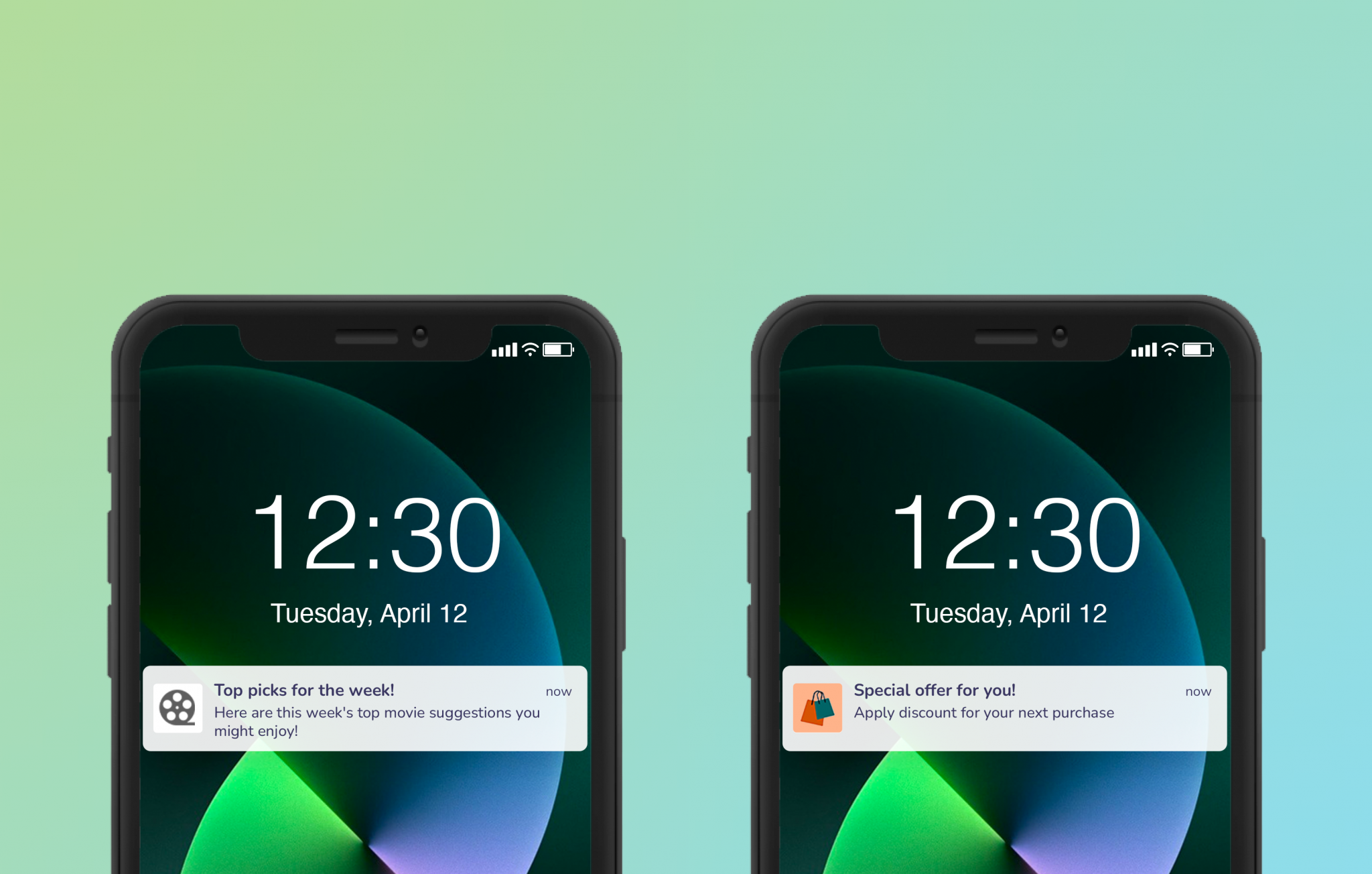
Target Users Correctly When Advertising
Downloads shouldn’t be the only thing you focus on. Advertising also plays a big role in re-engagement. However, for best effect, the URL in the media should include a deep link to the app. Ideally, the URL should take users directly to the most exciting or relevant page.
As with push notifications, tailoring the message to the audience is of great importance, and it’s getting easier and easier to do so. It is possible to target users who already have an application and those who do not, or to present different messages when a user interacts with the ad content. It is not only known whether the user has the application, but also whether their operating system is iOS or Android, and they are directed to the correct application store. In this way, you can perform cross-device remarketing and tracking. So, you’re essentially attributing an actual sale or in-app transaction.
Measure, Test, And Start Again
We’ve come to a point where brands need to start thinking more about context, leveraging market insights to understand where and how people use their apps. As with any other channel, you need to constantly test and improve. Apps offer an incredible opportunity to collect data points, but to seize this opportunity, customer activity and tracker tags must be in place. The next most important thing to do is to find the right KPIs for the brand and its audience.
Netmera helps you to test your messages with different content on a small part of your audience and send them to the rest of your audience by choosing the most successful one. With AI-based segments, you can also easily predict who is likely to churn or opt out based on past user behavior. You can create segments with the most relevant audiences for a product or content.
How To Adapt Email Marketing To Your Business Strategy
How To Adapt Email Marketing To Your Business Strategy
According to Statista, there are 4.03 billion email users worldwide and about 306.4 billion emails are sent every day. This widespread use has a very obvious meaning for the business world, that is, it is possible to reach a large number of people effectively via e-mails.
Email gives marketers the ability to reach people in nearly every segment. This way, marketers can interact with their target audience, promote their business, and most importantly, drive sales or web traffic to their companies. Let’s take a look at why you should give huge importance to email marketing, which is often overlooked even by business professionals.
Why Does Email Marketing Matter So Much?
Seen as one of the best marketing channels by most marketers, email marketing is an important opportunity that businesses of all sizes can easily implement in their marketing strategies and should be taken seriously. There are many different reasons for this.
- Due to its low cost, email marketing is budget friendly compared to most marketing strategies such as SEO, PPC and affiliate marketing and it has a very high return on investment.
- It can be deployed on a large scale to a large number of buyers. It is quick and easy enough to respond to market demands or consumer sentiment.
- It allows you to leverage personalization technologies to deliver highly targeted content.
- Email marketing is key to meeting consumer expectations and increasing engagement. It can connect all your marketing channels to deliver a dynamic brand experience.
- It has the potential to drive traffic to your website and increase sales. It is also highly measurable; you can monitor metrics in detail and remove guesswork from your email strategy.
- Business owners can see which emails are delivered, which go to disabled email addresses, which are opened, which are deleted immediately and redirect customers to the website.
- Email marketing is a unique opportunity to be involved in the daily lives of your target audience. You can divide your subscriber lists into different groups and send the most relevant content and offers to each segment.
- Email marketing plays a role at every stage of the buying cycle; It can be used effectively in the information and research phase, during the conversion and later in the customer retention process.

How To Use Email Marketing In Your Business Strategy
Email marketing is an effective sales factor when it is done successfully and the appropriate steps are followed. Otherwise, it can become unsolicited emails that disturb customers and are marked as spam mail.
Ask Permission First
Today, email marketing has come to be nicknamed “permission marketing”. Before companies start sending emails, they should ask their members for permission to send emails. When the member accepts to receive mail, it is time to personalize and create data.
Visitors to your site, members who come via email or mobile, and social media followers will appreciate your brand more if the messages you convey to them are personal. Add personal recommendations to your emails for ultimate one-on-one communication. For example, you can prepare a personal recommendation mail based on your member’s visit to your site. Adding personal recommendations to marketing emails increases open-click rates by 25-35% and sales rates by 15-25%.
Take Advantage of Email Templates
It is very important to use images or templates that increase the rate of clicks and user returns of emails. The use of templates in marketing campaigns attracts the attention of consumers and leads to more feedback. In addition, the use of visual elements creates a more positive effect as it makes the content easier to understand.
Instead of optimizing the images and the layout of the mail yourself, you can choose ready-made templates offered by email marketing tools. You can use templates in your email marketing campaigns to both get new ideas and save time spent on design.
Optimize Texts, Images, And Buttons
Once customers open your emails, the buttons with your call-to-action are essential for guiding people to take the next step in their relationship with your brand. While the subject line is a big factor in whether people open your emails or not, the text and images in the body of the email are also of great importance in whether or not they read the email.
The best way to optimize them is to A/B test two different subject lines and two different content and see which gets better results. The same strategy also applies to buttons. You can try to give different colors or CTAs to your mail buttons.
A/B Testing for Successful Email Marketing
When creating an email marketing campaign, A/B testing that can be used in all areas of the web world and in real life. It will ensure that you get the maximum efficiency from your campaign.
The logic of A/B testing consists of testing two different variations of a state. E.g; By preparing your email template in two different ways, you can try which one gets the most conversions and use the template you get the most feedback for that campaign.
The same test can be used for demographic targeting as well. For example, you can send a campaign to two different age groups, gender, geographic location, or split any data that can be tested. In this way, you can test in which group the mails returning to sales are more.
Boost Customer Engagement with Health&Wellness Push Notifications
How Health & Wellness Push Notifications Enhance Customer Engagement
Health and wellness mobile apps are great tools for tracking users’ efforts in the healthcare field and how individuals take care of their well being. This leads more and more businesses to invest in this prolific field every year.
In order to stand out from the competitors, brands need to keep their users engaged all the time, other than merely trying to acquire them. Here’s where push notifications come into play. If your mobile app wants to retain and drive more engagement, then you should make push notifications a huge part of your marketing strategy.
Push notifications of health and wellness apps have a greater impact as users are expected to stay engaged all the time. As they are simple to implement and cost effective, there is no reason not to use them. This being the case, now let’s see how your healthcare mobile app can leverage push notifications.
Motivating Users to Stick to Their Health/Exercise Plan
Engaging with users when they have something scheduled is the easiest and most effective way of using push notifications. And most of the time it works. Besides, you have the chance to engage with them even in the first hours of the day. “Good morning Jen. The weather looks great for a run. Now lace up your shoes and go jogging!” Even such basic notification will have a great chance for getting your users more involved.
Today, most health and fitness apps count steps and measure heart rate. So you can send motivational push notifications urging users to keep their workout going a little bit longer by taking advantage of measurable goals. For example, if they have a certain number of steps or miles they want to hit a day, you can boost their morale with a notification of how close they are to reaching that goal.
With Netmera’s easy-to-use reminder push notification feature, you can create user oriented messages to keep them more involved with your app and increase customer experience with personalized mobile push notifications.
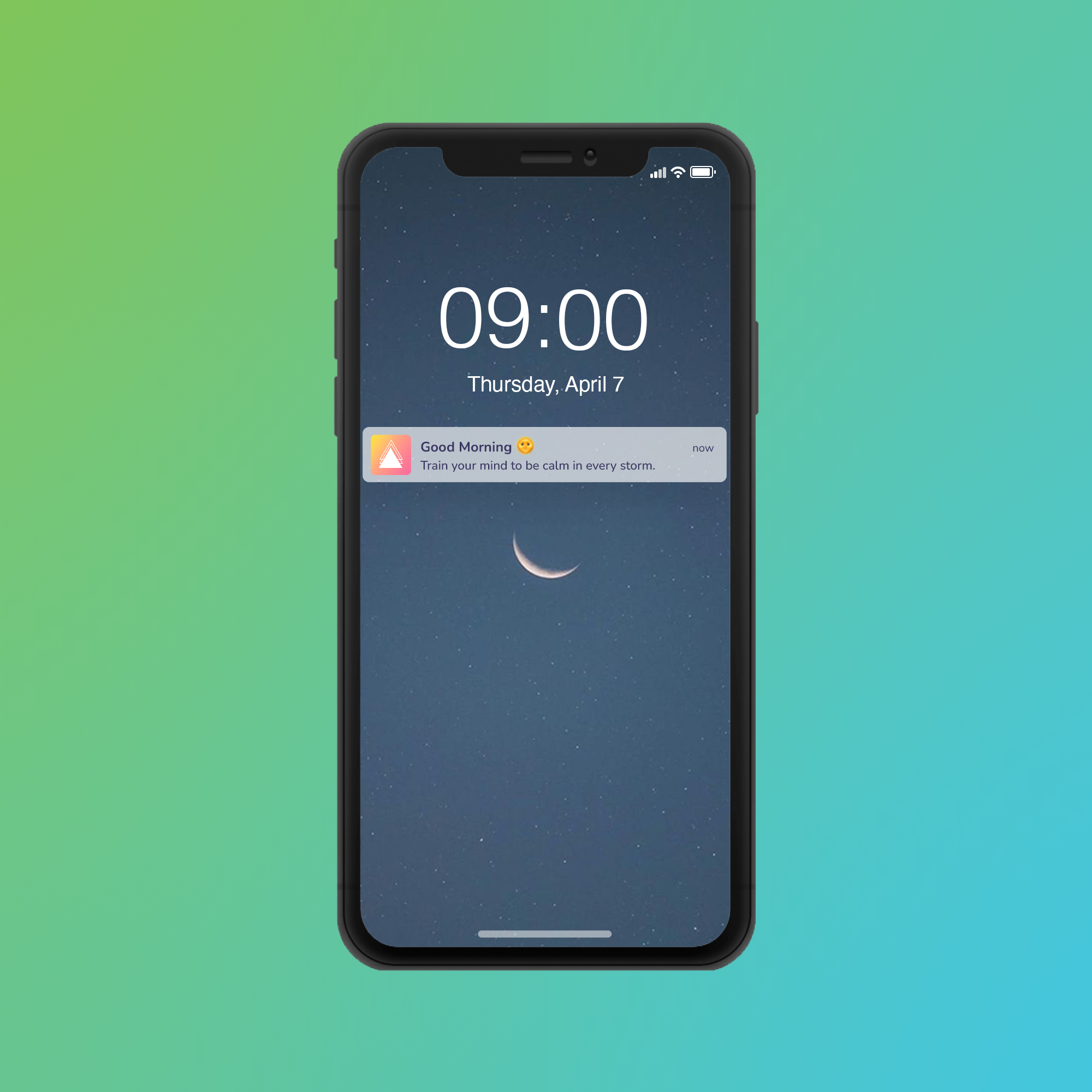
Delivering Quality Content About Their Diet/Meditation Routines
You can increase customer engagement with your push notifications by delivering related and quality content that can help your users stick to their diet or meditation routines. For instance, with deep links, you can send users notifications for recipes for healthy snacks or low-calorie meals they can easily prepare. For a more holistic approach, you can send them examples of mantras or some words of wisdom for them to concentrate during a 10-minute meditation session.
As their journey with their health routines goes on, users can benefit from real-time notifications about their progress. Sending related messages fosters a healthy communication between your app and users, but connecting with users in the long run is even more critical.
At this point Netmera’s powerful engagement and analytics solutions process help you provide a more engaging customer experience on your healthcare mobile app. You can understand what your customers really want and deliver the most relevant content and create individualized, engaging, and purposeful experiences.
Constant Reminders And Updates
To get your users’ consent on receiving push notifications, you need to invest time and resources for onboarding and explaining why they must receive them. Most mobile users simply think that push notifications are nothing but distraction. That’s why you should figure out how to onboard them in a way that they are properly informed of when, why, and how many notifications are going to be sent. This will ensure users acknowledge and understand the benefits of receiving such push notifications.
Luckily you have a great excuse to send such push notifications since your users will be more eager to allow them to keep track of their progress and reach their goals. Once you establish trust with related messages, you can also send them information about discounts, new features and alerts about your healthcare app.
Netmera helps you turn every click on your health and wellness mobile app into a personalized interaction. As you increase the user experience, you will make them feel more special, making them more engaged with your app and be more active, and thus significantly increase engagement.
How to Design Push Notifications for Different Platforms&Devices
How to Design Push Notifications for Different Platforms and Devices in 2022
Push notifications have been around for over a decade. They were first introduced in 2009 for Apple’s mobile operating system iOS, and they were instantly embraced by almost all marketers, brands and professionals in business.
Today, mobile and web push notifications are supported on almost all mobile and web apps, browsers, and platforms including Apple iOS, Google Android, Huawei Android, Amazon Echo, macOS, Windows, Chrome, Safari, Firefox, Edge and more.
However, each platform has different requirements in terms of showing and optimizing push notifications. These include texts, images, headings and how all these elements you designed are shown on those platforms.
Before it gets too complicated for you we have gathered everything you need to know when it comes to designing your push notifications according to the needs of every platform.
Latest Operating Systems 2022
We’ll start with the latest versions of these operating systems (macOS Monterey, Windows 11, iOS 15, Android 12), and then look at some previous versions for historical reference.
Web Push, Chrome for macOS Monterey
![pushdesignblog [Kurtarılan]_1](https://netmera.com/wp-content/uploads/2022/04/pushdesignblog-Kurtarilan_1-2048x2048.png)
a. Browser Icon
Chrome icon. This can’t be changed.
b. Title
Restricted to 60-80 characters.
c. Domain
Website user is subscribed to. Can’t be changed.
d. Icon
192×192 or larger. PNG, JPG, GIF (not animated). Enlarges when expanded.
e. Content
Restricted to 120-150 characters.
f. Action Buttons
Supports up to 2 buttons.
Note that character restrictions vary depending on if an icon is present and the characters used.
Web Push, Firefox for macOS Monterey
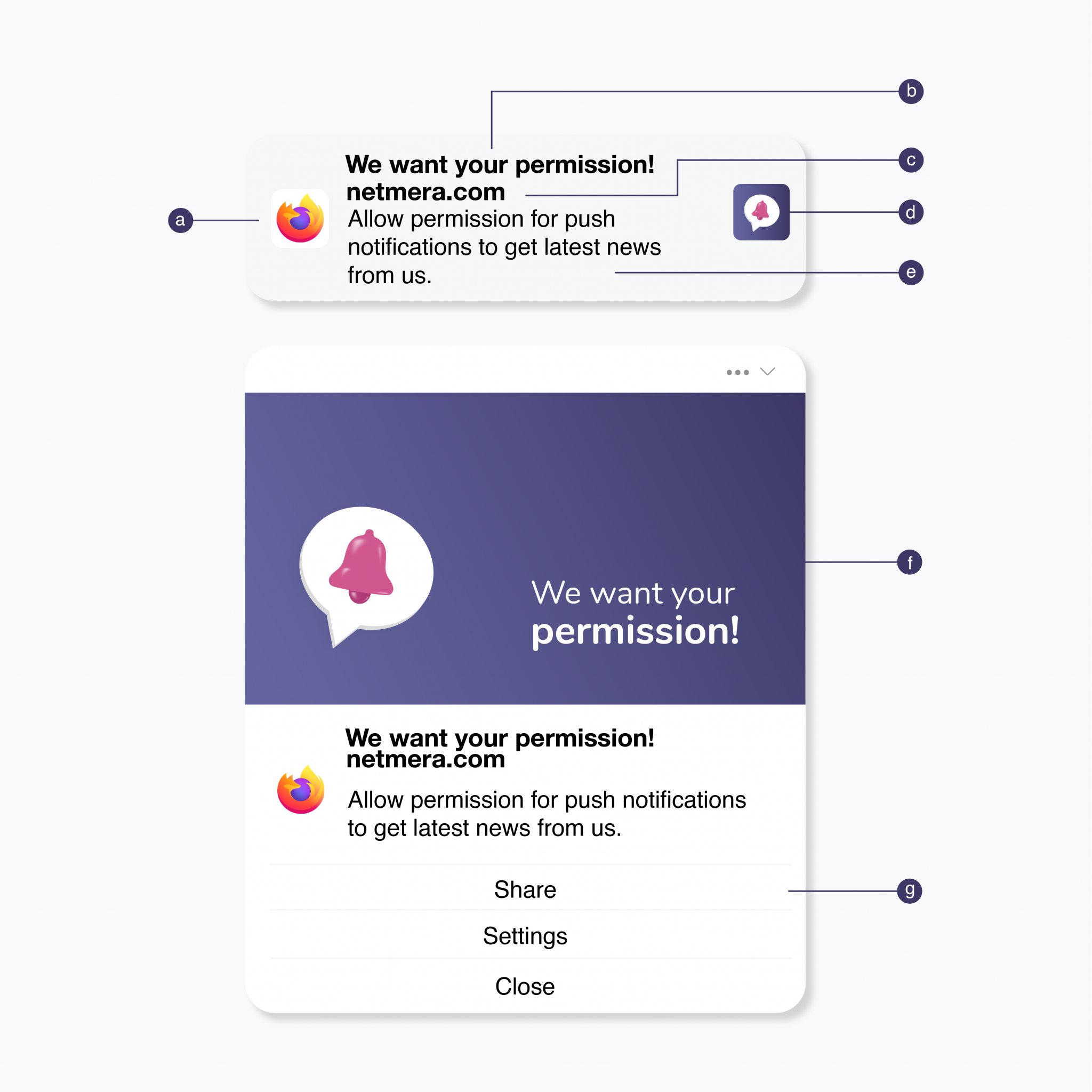
a. Browser Icon
Firefox icon. This can’t be changed.
b. Title
Restricted to 60-80 characters.
c. Domain
Website user is subscribed to. Can’t be changed.
d. Icon
192×192 or larger. PNG, JPG, GIF (not animated). Enlarges when expanded.
e. Content
Restricted to 120-150 characters.
f. Action Buttons
Supports up to 2 buttons.
Note that character restrictions vary depending on if an icon is present and the characters used.
Web Push, Safari for macOS Monterey
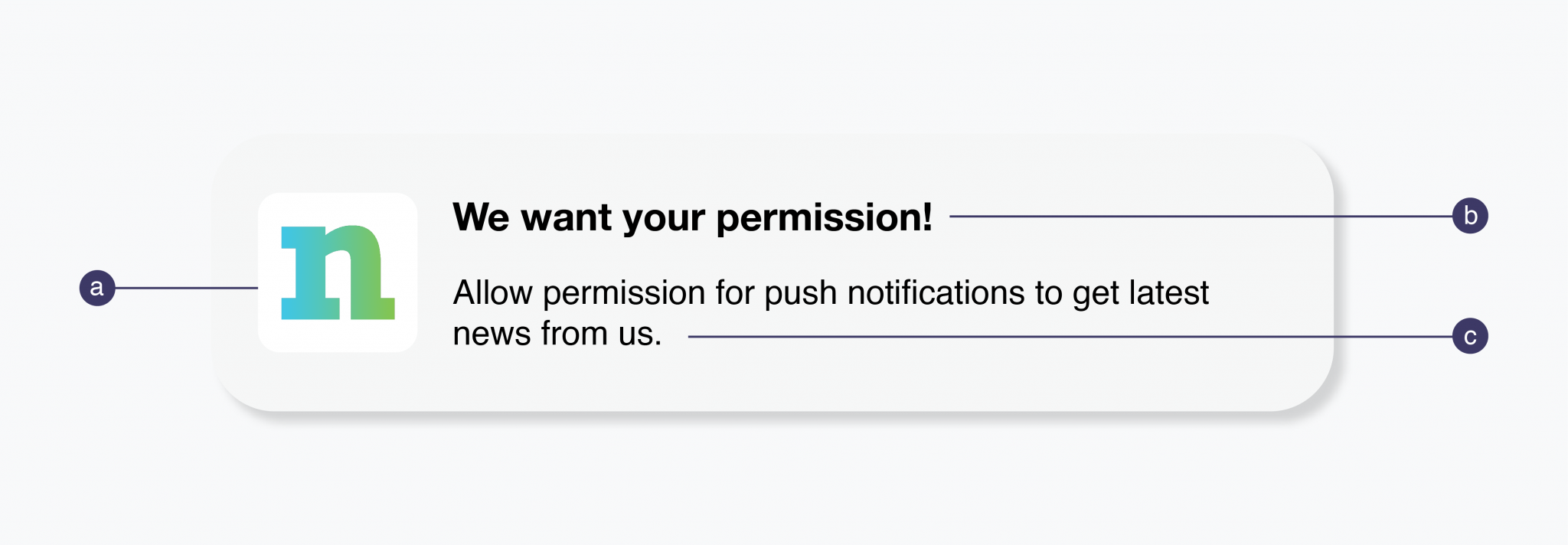
a. Icon
This is set once and can’t be changed per individual message. Must be 256×256. PNG, JPG, GIF (not animated).
b. Title
Restricted to 60-80 characters.
c. Content
Restricted to 120-150 characters.
Web Push, Chrome for Windows 11

a. Banner Image
360×180 or 2:1 aspect ratio. PNG, JPG, GIF (not animated).
b. Browser + Browser Icon
Can’t be changed.
c. Icon
192×192 or larger. PNG, JPG, GIF (not animated).
d. Action Buttons
Supports up to 2 buttons.
e. More Options
Includes notification settings and focus assist.
f. Dismiss
Closes the notification.
g. Title
Restricted to 60 characters.
h. Content
Restricted to 120 characters.
i. Domain
Website user is subscribed to. Can’t be changed.
Windows offers the most screen real estate for imagery, with both the banner image and icon on display.
Web Push, Microsoft Edge for Windows 11
![pushdesignblog [Kurtarılan]_5](https://netmera.com/wp-content/uploads/2022/04/pushdesignblog-Kurtarilan_5-2048x1517.png)
a. Banner Image
360×180 or 2:1 aspect ratio. PNG, JPG, GIF (not animated).
b. Browser + Browser Icon
Can’t be changed.
c. Icon
192×192 or larger. PNG, JPG, GIF (not animated).
d. Action Buttons
Supports up to 2 buttons.
e. More Options
Includes notification settings and focus assist.
f. Dismiss
Closes the notification.
g. Title
Restricted to 60 characters.
h. Content
Restricted to 120 characters.
i. Domain
Website user is subscribed to. Can’t be changed.
Web Push, Firefox for Windows 11
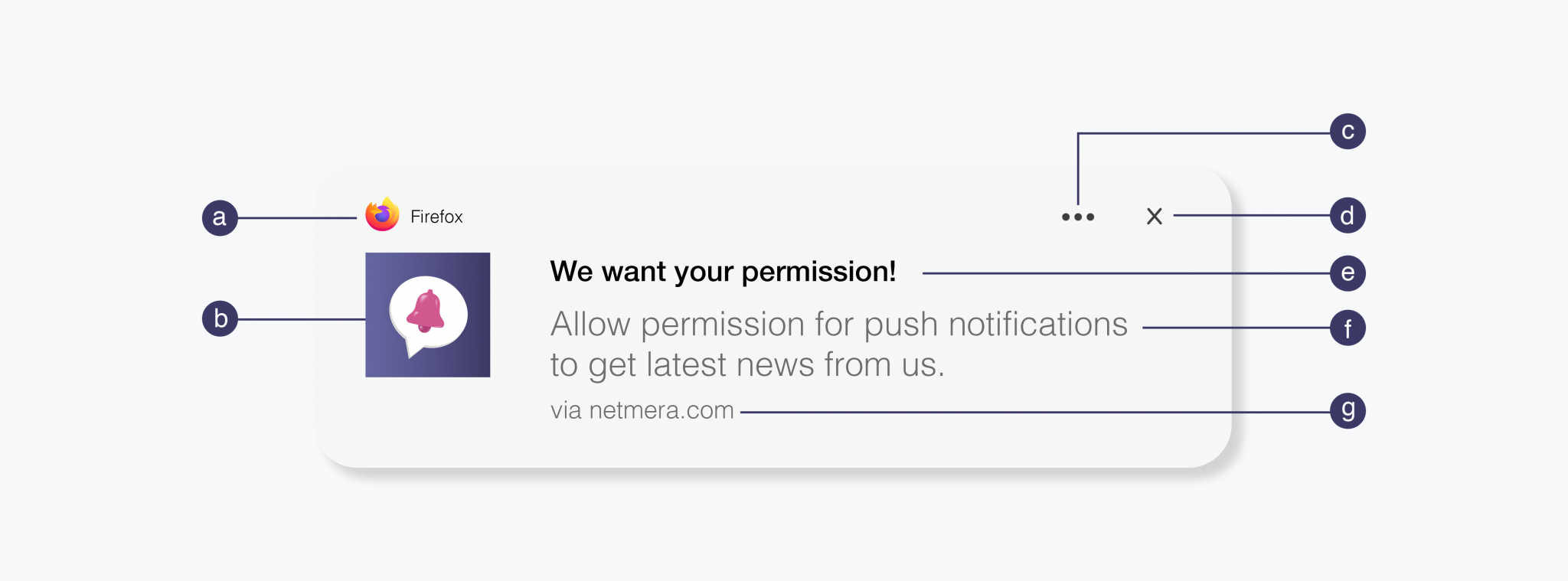
a. Browser + Browser Icon
Can’t be changed.
b. Icon
192×192 or larger. PNG, JPG, GIF (not animated).
c. More Options
Includes notification settings and focus assist.
d. Dismiss
Closes the notification.
e. Title
Restricted to 60 characters.
f. Content
Restricted to 120 characters.
g. Domain
Website user is subscribed to. Can’t be changed.
Note that Firefox on Windows 11 does not have a banner image or action buttons like Chrome and Edge.
Mobile Push, iOS 15 Native
![pushdesignblog [Kurtarılan]_7](https://netmera.com/wp-content/uploads/2022/04/pushdesignblog-Kurtarilan_7-1-2048x1612.png)
a. App Icon
Uses the app’s default icon and can’t be changed.
b. Rich Media
1024×1024 or 1:1 aspect ratio. PNG, JPG, GIF, MP4, MP3, WAV.
c. Title
Restricted to 25-50 characters.
d. Time Stamp
When the message was received.
e. Message
Restricted to 150 characters.
f. Action Buttons
Supports up to 4 buttons.
iOS also has support for a subtitle. Note that unlike Android, iOS currently has no support for web push, but we suspect iOS web push support may be coming soon.
Web Push, Chrome for Android 12

a. Badge
72×72 or larger. Must be white with a transparent background. PNG.
b. Title
Restricted to 50 characters.
c. Body
Restricted to 150 characters.
d. Large Picture
1024×512 or 2:1 aspect ratio. PNG, JPG, GIF (not animated).
e. Browser
Can’t be changed.
f. Domain
Website user is subscribed to. Can’t be changed.
g. Time Stamp
When the message was received.
h. Icon
192×192 or larger. PNG, JPG, GIF (not animated).
i. Action Buttons
Supports up to 2 buttons.
Mobile Push, Android 12 Native

a. Small Icon
24×24 – 96×96 to fit all device sizes. Must be white with a transparent background. PNG.
b. Title
Restricted to 50 characters.
c. Body
Restricted to 150 characters.
d. Large Picture
1440×720 or 2:1 aspect ratio. PNG, JPG, GIF (not animated).
e. App Name
Can’t be changed.
f. Time Stamp
Time message received.
g. Icon
192×192 or larger. PNG, JPG, GIF (not animated).
h. Action Buttons
Supports up to 3 buttons.
Older Operating Systems
Now we’ll look at previous versions of these operating systems (macOS Big Sur, iOS 14, Android 11) for reference.
Web Push, Chrome for macOS Big Sur
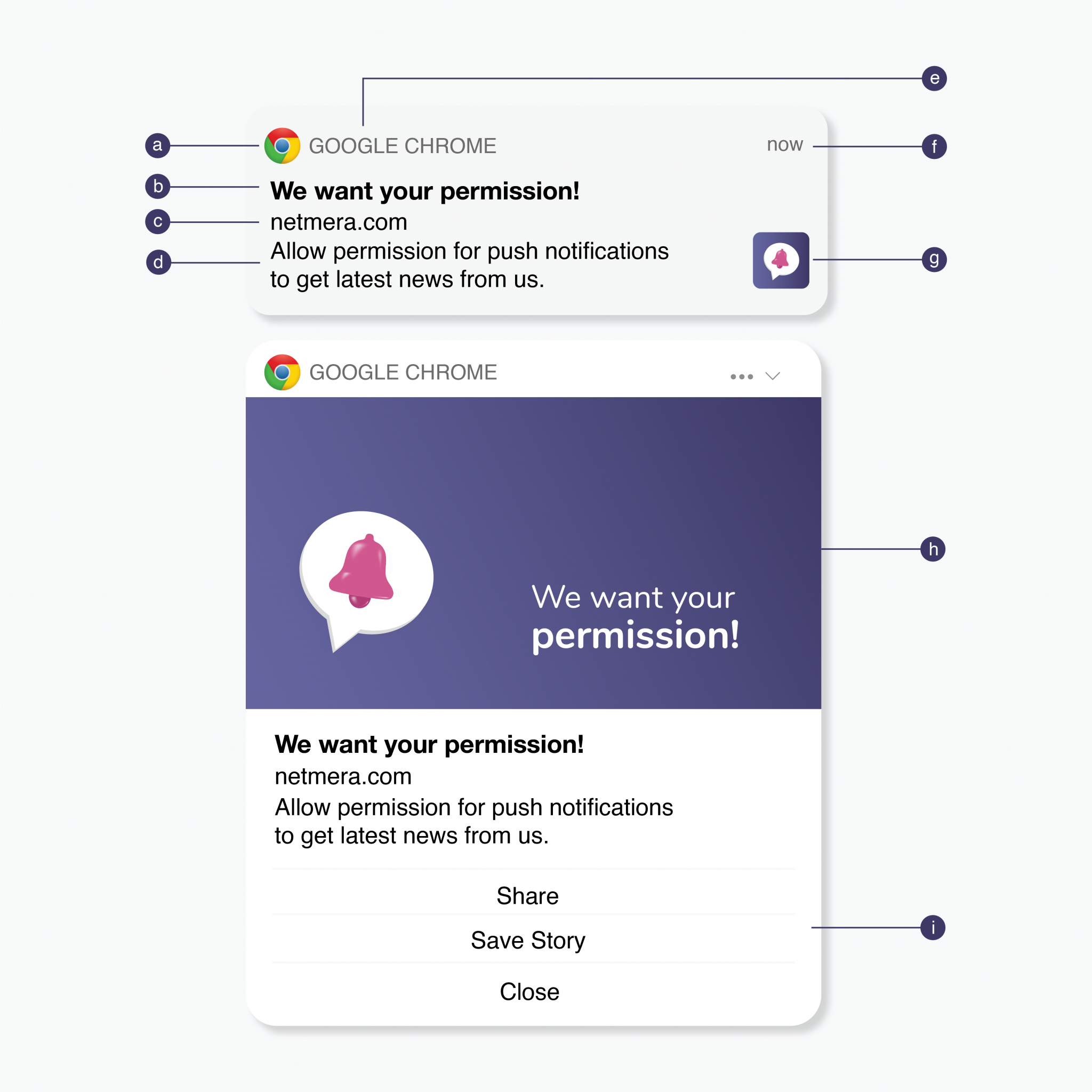
a. Browser Icon
Chrome icon. This can’t be changed.
b. Title
Restricted to 60-80 characters.
c. Domain
Website user is subscribed to. Can’t be changed.
d. Content
Restricted to 120-150 characters.
e. Browser
Can’t be changed.
f. Time Stamp
When the message was received.
g. Icon
192×192 or larger. PNG, JPG, GIF (not animated). Enlarges when expanded.
h. Action Buttons
Supports up to 2 buttons.
Note that character restrictions vary depending on if an icon is present and the characters used. The main differences between macOS Big Sur and its predecessors is that messages can be expanded with a larger icon and the browser icon is smaller, allowing more room for content.
Web Push, Firefox for macOS Big Sur

a. Browser Icon
Firefox icon. This can’t be changed.
b. Title
Restricted to 60-80 characters.
c. Domain
Website user is subscribed to. Can’t be changed.
d. Content
Restricted to 120-150 characters.
e. Browser
Can’t be changed.
f. Time Stamp
When the message was received.
g. Icon
192×192 or larger. PNG, JPG, GIF (not animated). Enlarges when expanded.
h. Action Buttons
These cannot be customized for Firefox.
Note that character restrictions vary depending on if an icon is present and the characters used. The main differences between macOS Big Sur and its predecessors is that messages can be expanded with a larger icon and the browser icon is smaller, allowing more room for content.
Web Push, Safari for macOS Big Sur
![pushdesignblog [Kurtarılan]_12](https://netmera.com/wp-content/uploads/2022/04/pushdesignblog-Kurtarilan_12-2048x759.png)
a. Icon
This is set once and can’t be changed per individual message. Must be 256×256. PNG, JPG, GIF (not animated).
b. Title
Restricted to 60-80 characters.
c. Content
Restricted to 120-150 characters.
d. Website Name
Can’t be changed.
e. Time Stamp
When the message was received.
Web Push, Chrome for macOS Catalina

a. Browser Icon
Chrome icon. This can’t be changed.
b. Title
Restricted to 20-40 characters.
c. Domain
Website user is subscribed to. Can’t be changed.
d. Content
Restricted to 20-80 characters.
e. Icon
192×192 or larger. PNG, JPG, GIF (not animated).
Note that character restrictions vary depending on if an icon is present and the characters used. Chrome for macOS also has support for 2 action buttons.
Web Push, Firefox for macOS Catalina

a. Browser Icon
Firefox icon. This can’t be changed.
b. Title
Restricted to 60-80 characters.
c. Domain
Website user is subscribed to. Can’t be changed.
d. Content
Restricted to 20-80 characters.
e. Icon
192×192 or larger. PNG, JPG, GIF (not animated).
Note that character restrictions vary depending on if an icon is present and the characters used.
Web Push, Safari for macOS Catalina

a. Icon
This is set once and can’t be changed per individual message. Must be 256×256. PNG, JPG, GIF (not animated).
b. Title
Restricted to 40 characters.
c. Content
Restricted to 90 characters.
Notice how Safari doesn’t have a browser icon. Nor does it display the domain.
Web Push, Chrome for Windows 10

a. Banner Image
360×180 or 2:1 aspect ratio. PNG, JPG, GIF (not animated).
b. Icon
192×192 or larger. PNG, JPG, GIF (not animated).
c. Browser
Can’t be changed.
d. Action Buttons
Supports up to 2 buttons.
e. Title
Restricted to 60 characters.
f. Content
Restricted to 120 characters.
g. Domain
Website user is subscribed to. Can’t be changed.
Windows offers the most screen real estate for imagery, with both the banner image and icon on display.
Web Push, Firefox for Windows 10
![pushdesignblog [Kurtarılan]_17](https://netmera.com/wp-content/uploads/2022/04/pushdesignblog-Kurtarilan_17-2048x759.png)
a. Title
Restricted to 40 characters.
b. Icon
192×192 or larger. PNG, JPG, GIF (not animated).
c. Domain
Website user is subscribed to. Can’t be changed.
d. Content
Restricted to 140-190 characters.
e. Settings
Can’t be changed.
Web Push, Microsoft Edge for Windows 10
![pushdesignblog [Kurtarılan]_18](https://netmera.com/wp-content/uploads/2022/04/pushdesignblog-Kurtarilan_18-2048x759.png)
a. Title
Restricted to 40 characters.
b. Icon
192×192 or larger. PNG, JPG, GIF (not animated).
c. Browser
Can’t be changed.
d. Content
Restricted to 140-190 characters.
e. Domain
Website user is subscribed to. Can’t be changed.
Web Push, Chrome for Android 11

a. Badge
72×72 or larger. Must be white with a transparent background. PNG.
b. Title
Restricted to 50 characters.
c. Body
Restricted to 150 characters.
d. Large Picture
1024×512 or 2:1 aspect ratio. PNG, JPG, GIF (not animated).
e. Browser
Can’t be changed.
f. Domain
Website user is subscribed to. Can’t be changed.
g. Time Stamp
When the message was received.
h. Icon
192×192 or larger. PNG, JPG, GIF (not animated).
Mobile Push, Android 11 Native

a. Small Icon
24×24 – 96×96 to fit all device sizes. Must be white with a transparent background. PNG.
b. Title
Restricted to 50 characters.
c. Body
Restricted to 150 characters.
d. Large Picture
1440×720 or 2:1 aspect ratio. PNG, JPG, GIF (not animated).
e. Action Buttons
Supports up to 3 buttons.
f. App Name
Can’t be changed.
g. Time Stamp
Time message received.
h. Icon
192×192 or larger. PNG, JPG, GIF (not animated).
Mobile Push, iOS 14 Native

a. App Icon
Uses the app’s default icon and can’t be changed.
b. Rich Media
1024×1024 or 1:1 aspect ratio. PNG, JPG, GIF, MP4, MP3, WAV.
c. Title
Restricted to 25-50 characters.
d. Message
Restricted to 150 characters.
e. App Name
Can’t be changed.
f. Options
Can’t be changed.
g. Action Buttons
Supports up to 4 buttons.
iOS also has support for a subtitle. Note that unlike Android, iOS currently has no support for web push.
